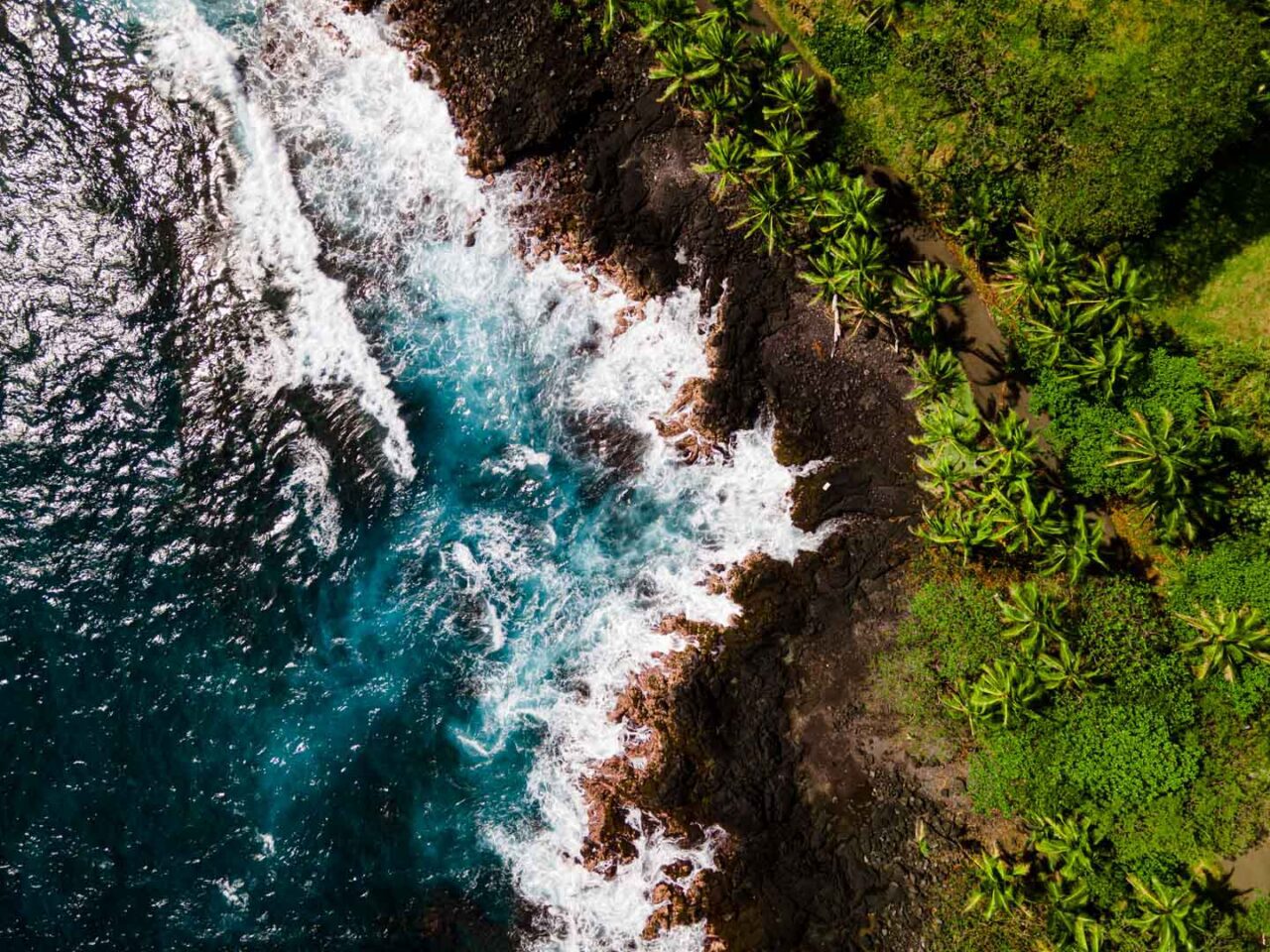Looking for the best things to do on the Big Island? I’ve got you covered with this real deal guide to Big Island adventures! After spending ten incredible weeks exploring Big Island, I’m still not over it.
This place is seriously mind-blowing – from otherworldly black sand beaches to active volcanoes and some of the most ridiculous stargazing on the planet. There’s something about this island that gets under your skin in the best possible way.
What makes Big Island special is its insane diversity. Where else can you go from snow-capped mountains to tropical rainforests to fresh lava fields all in the same day?
As someone who loves both heart-pounding adventures and total beach relaxation, I found my perfect playground here.
So grab a coffee and settle in for my carefully curated (but totally unfiltered) guide to the 15 experiences that made my jaw drop on Hawaii Island.
Some are the classics you’d expect, but others are those hidden gems that had me texting photos to friends with way too many exclamation points!!!
Planning your Hawaii adventure? Check out my comprehensive Hawaii Travel Guide where I answer the 20 most common questions about visiting the islands!
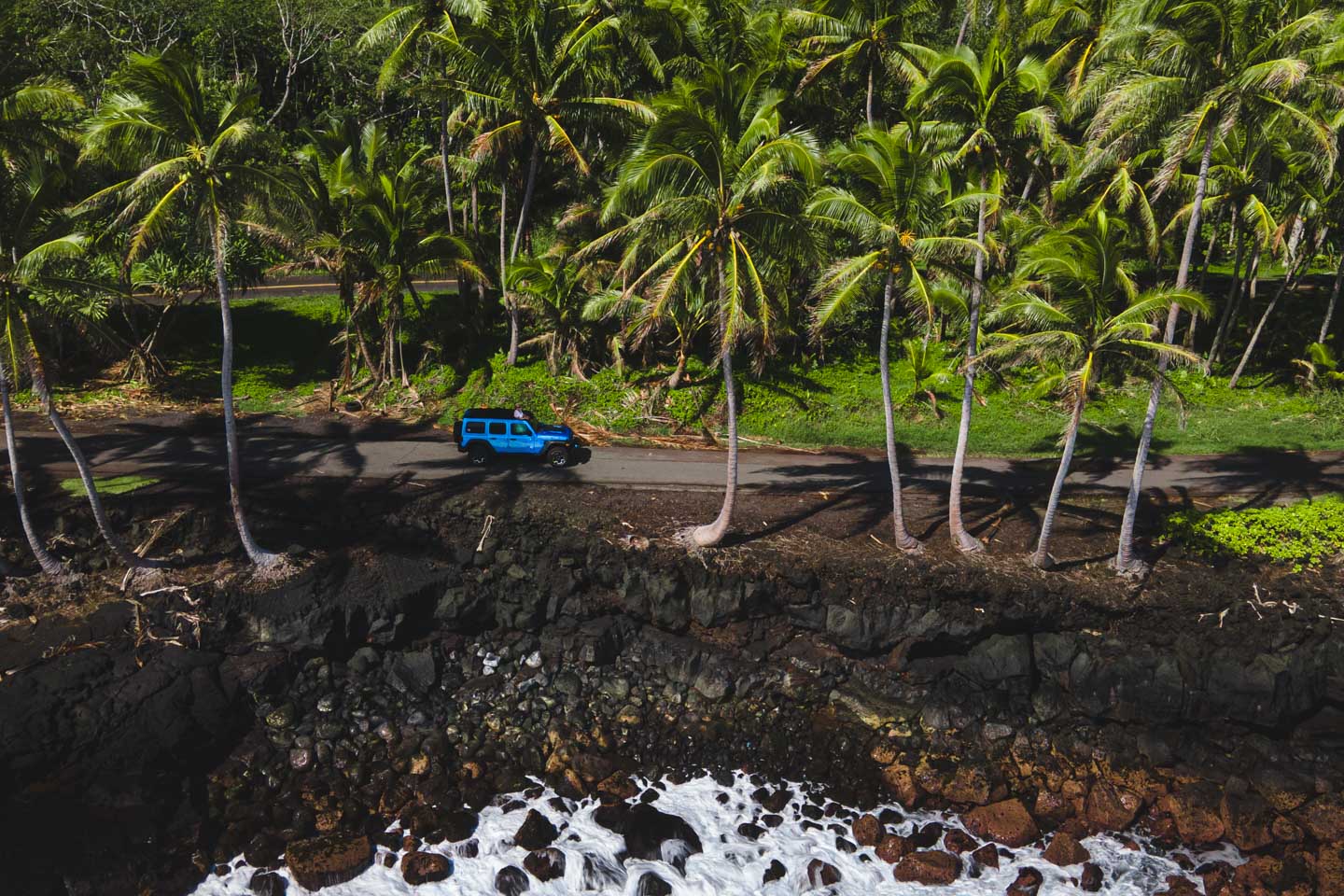
Map of Top 15 Things to Do on Hawaii Island
1. Get Your Mind Melted at Hawaiʻi Volcanoes National Park
Volcanoes National Park? Freaking EPIC. I mean, where else are you literally walking on ground that was bubbling hot lava not that long ago?
Kīlauea and Mauna Loa volcanoes dominate this surreal landscape, with Kīlauea being this constantly grumpy volcano that can’t seem to make up its mind.
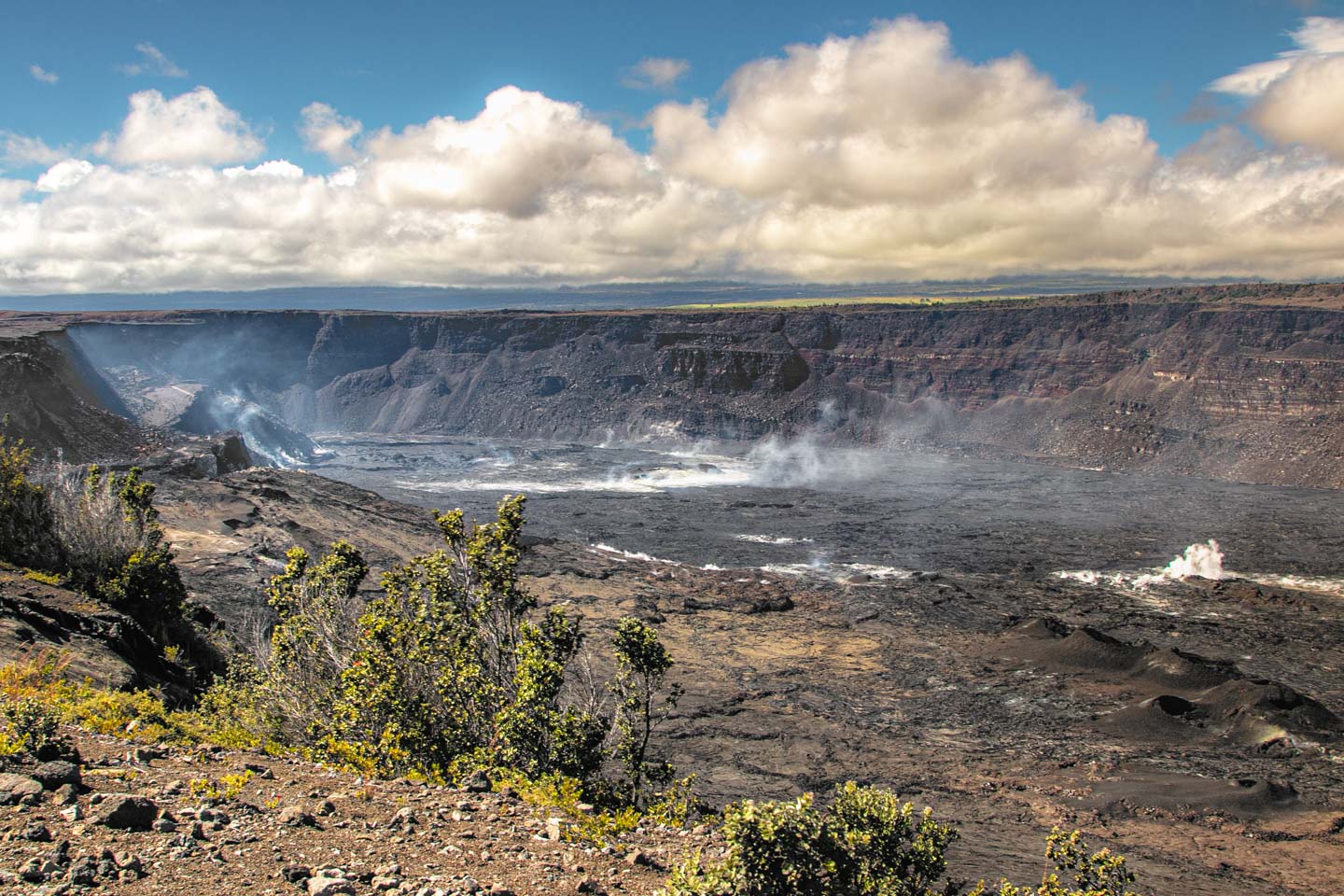
The Kilauea Iki Trail (3.3 miles) left me speechless. It’s wild – you start meandering through this lush rainforest that’s all peaceful and Bird-of-Paradise-y, then BOOM – you’re suddenly trekking across what used to be a roiling lake of molten rock!
The whole time I kept thinking, “Am I seriously walking on what was basically the surface of hell not too long ago?”
Don’t bail on the Thurston Lava Tube either – crawling through that 500-year-old lava tunnel made the hair on my arms stand up.
And the Sulphur Banks Trail? The smell is lowkey awful (hello, rotten eggs), but those weird yellow crystal formations from volcanic gases are trippy as heck.
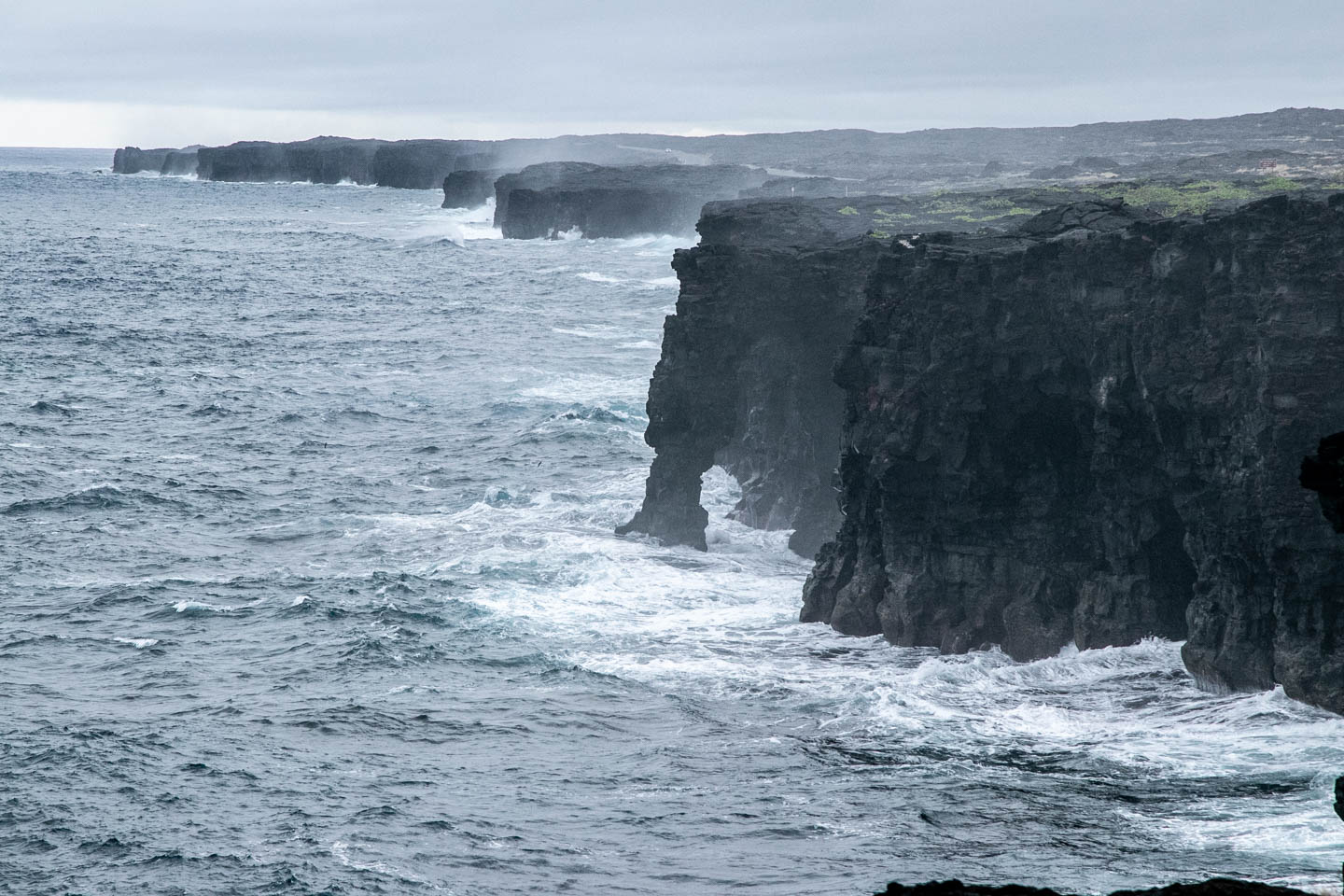
I lost track of time and ended up spending practically a whole day here, cruising down Chain of Craters Road all the way to the ocean.
The Puʻuloa Petroglyphs Trail was a sweaty walk but worth every drop – standing there looking at ancient Hawaiian carvings gave me this strange connection to people who lived centuries before me.
Sadly, no actual flowing lava when I visited (last eruption was September 2023), but honestly? Still mind-melting without it.
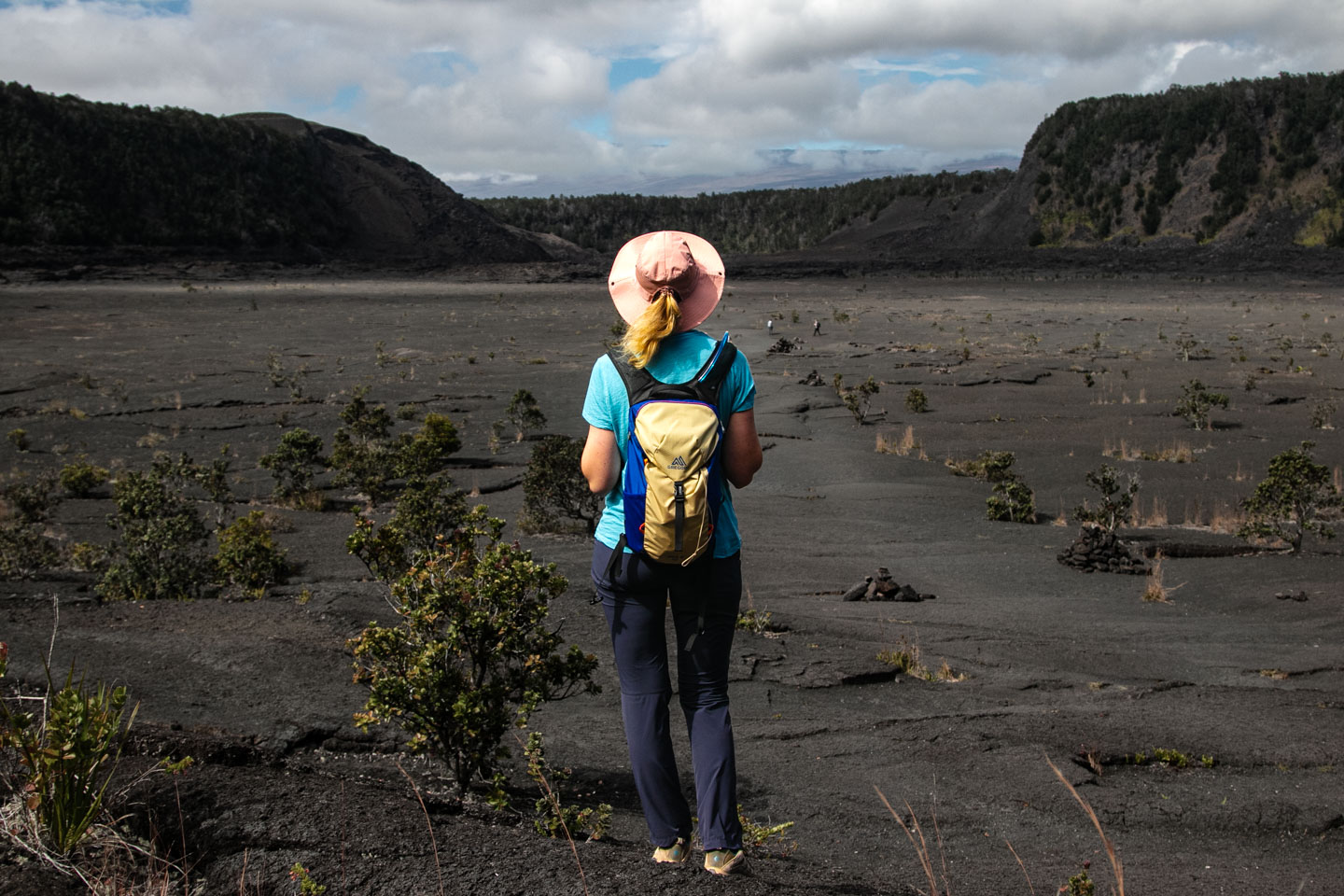
Reality Check
- Coughed up $30 for car entry, but I would’ve paid triple that for what I experienced.
Want to dive deeper into the park? I’ve got you covered with my detailed guide to 10 Awesome Things to Do in Hawai’i Volcanoes National Park – including all the best trails, viewpoints, and insider tips!
2. Get Your Jaw Dropped at Pololu Valley
After this local barista wouldn’t shut up about Pololu Valley, I figured I’d better check it out – and WHOA. This crazy-green valley tucked away on the northern coast instantly shot to my top-five list.
What got me in the feels was finding out how sacred this spot is to native Hawaiians – they believe it’s literally where the gods crashed when they created the island.
Standing at that lookout, with the wind whipping my hair into a bird’s nest, I totally got the spiritual vibe.
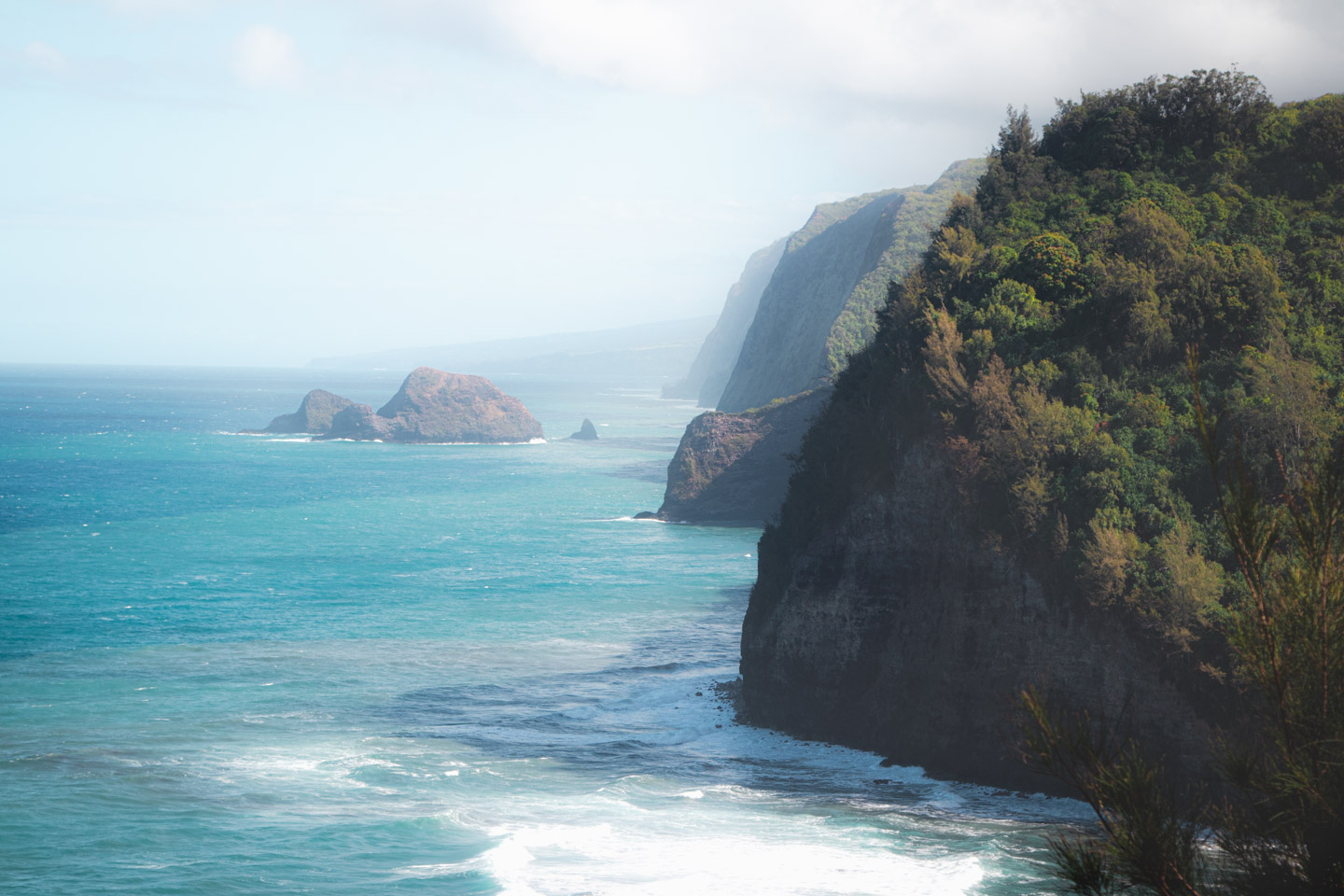
The trail down is technically under a mile but feels longer when you’re sliding down parts of it! About halfway down, I plopped onto this perfect rock shelf and snapped what’s now my phone background.
The black sand beach at the bottom has this wild, untamed energy to it – though signs warned about currents that would drag you to Japan if you tried swimming.
Had the coolest convo with this older Hawaiian dude who was just chilling there. He told me his grandparents grew taro in the valley back in the day, and his stories made me feel like I was getting this secret backstage pass to Hawaiian history.
I got ambitious and hiked further past Pololu toward Honokane Nui Valley, where my legs were cursing me but my eyes were having the time of their lives.
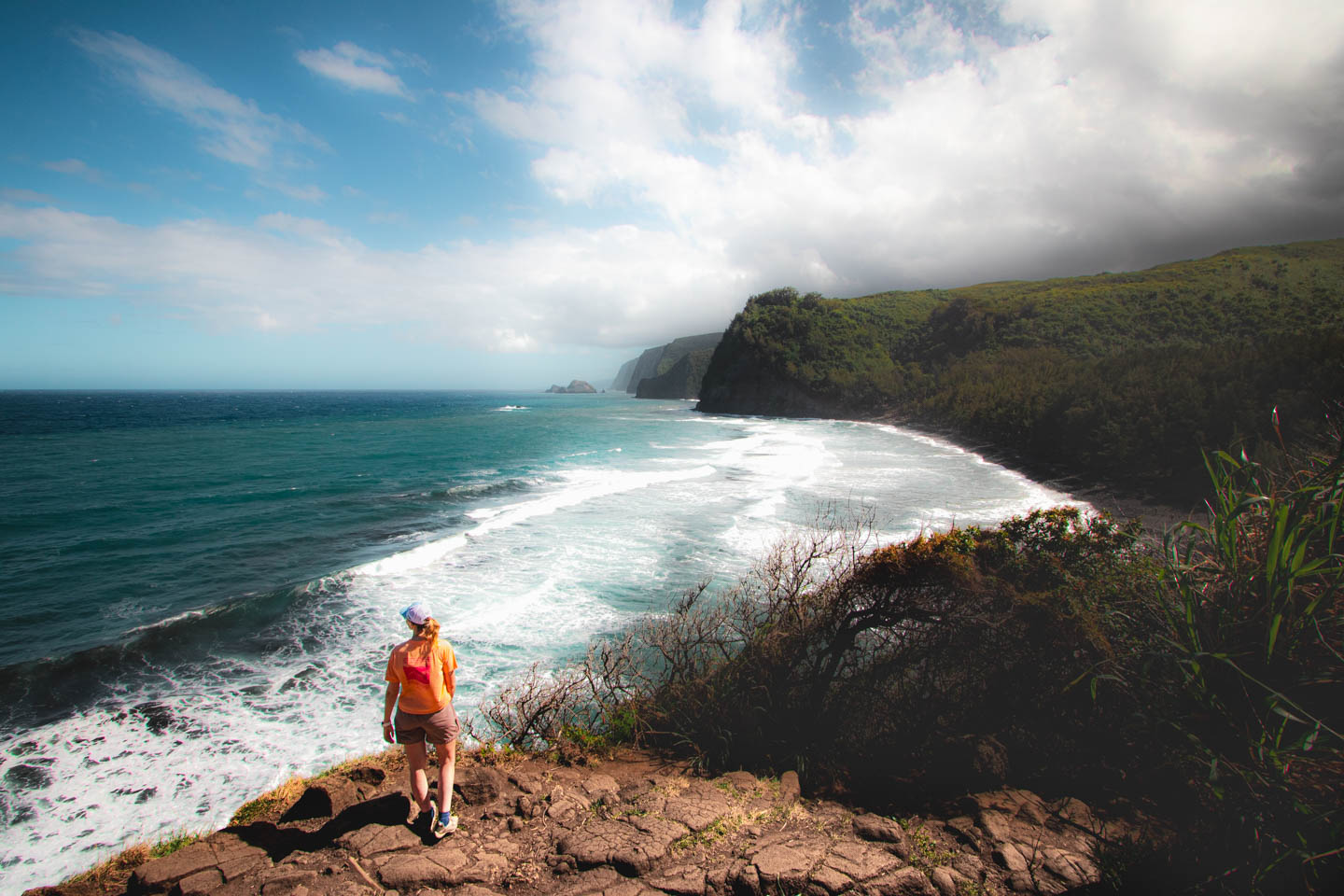
3. Freeze Your Butt Off for the Most Epic Sunset at Mauna Kea
Renting that 4WD Jeep just for Mauna Kea? 100% worth maxing out my credit card.
This monster volcano towers 13,803 feet above the ocean and stretches way deeper underwater, which technically makes it the tallest mountain on Earth (take THAT, Everest!).
That drive up was sketchy AF – the unpaved road had my knuckles white on the steering wheel the whole time.
Listened to advice about stopping at the visitor center (9,200 feet elevation) to let my body adjust, which probably saved me from yakking all over the place.
Nobody warned me just HOW FREAKING FREEZING it would be up top! I’m talking teeth–chattering, curse-under-your-breath cold that had me layering every single item of clothing I brought.
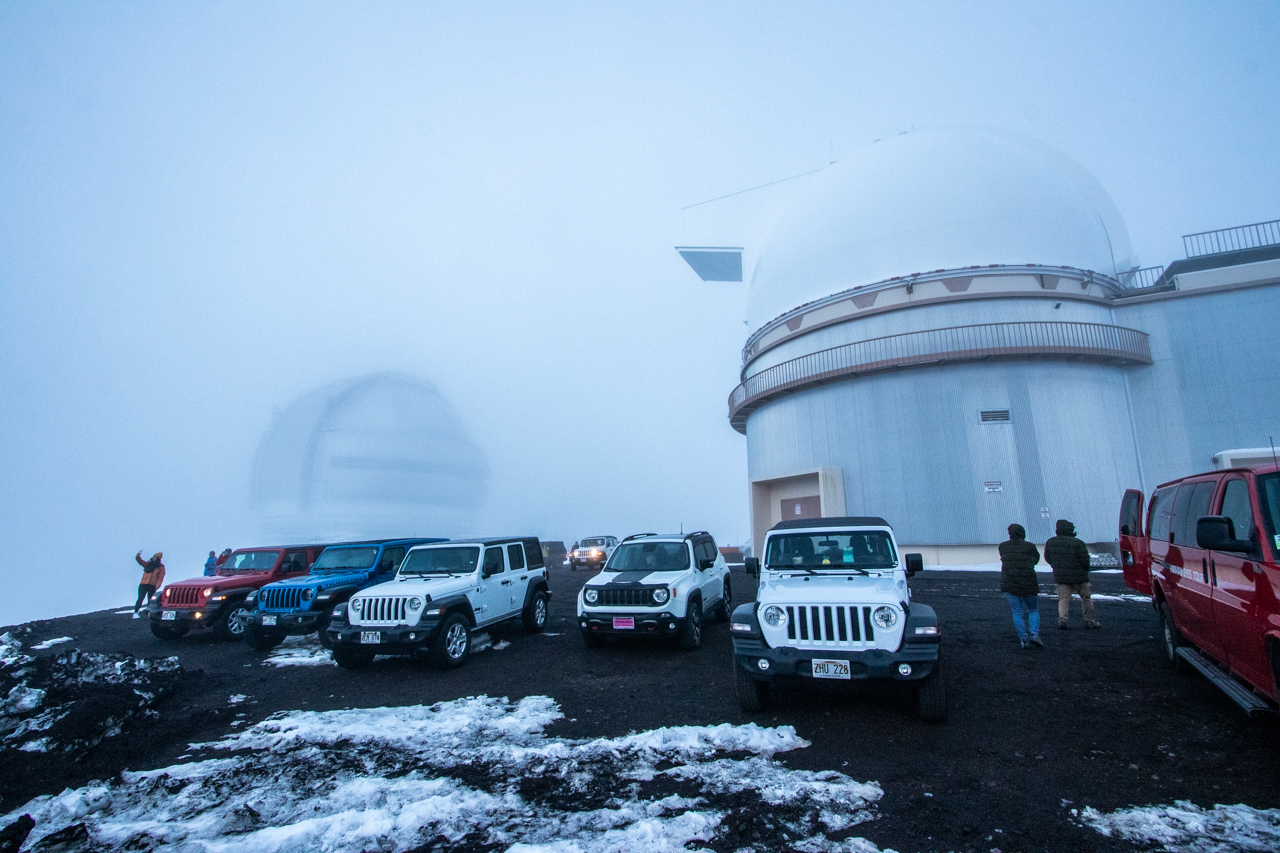
But then… THAT SUNSET. Holy mother of all things beautiful. Watching the sun sink into an actual ocean of clouds while standing above basically most of Earth’s atmosphere? I legitimately teared up.
The colors were like someone spilled the world’s most perfect paint set across the sky. And once darkness fell – those stars! I’ve never felt so tiny yet so connected to everything.
I learned Mauna Kea isn’t just a mountain – it’s crazy sacred to Hawaiians AND houses these mega-important astronomy observatories.
Something about that combo of ancient spiritual significance and cutting-edge science gave me goosebumps that weren’t just from the cold.
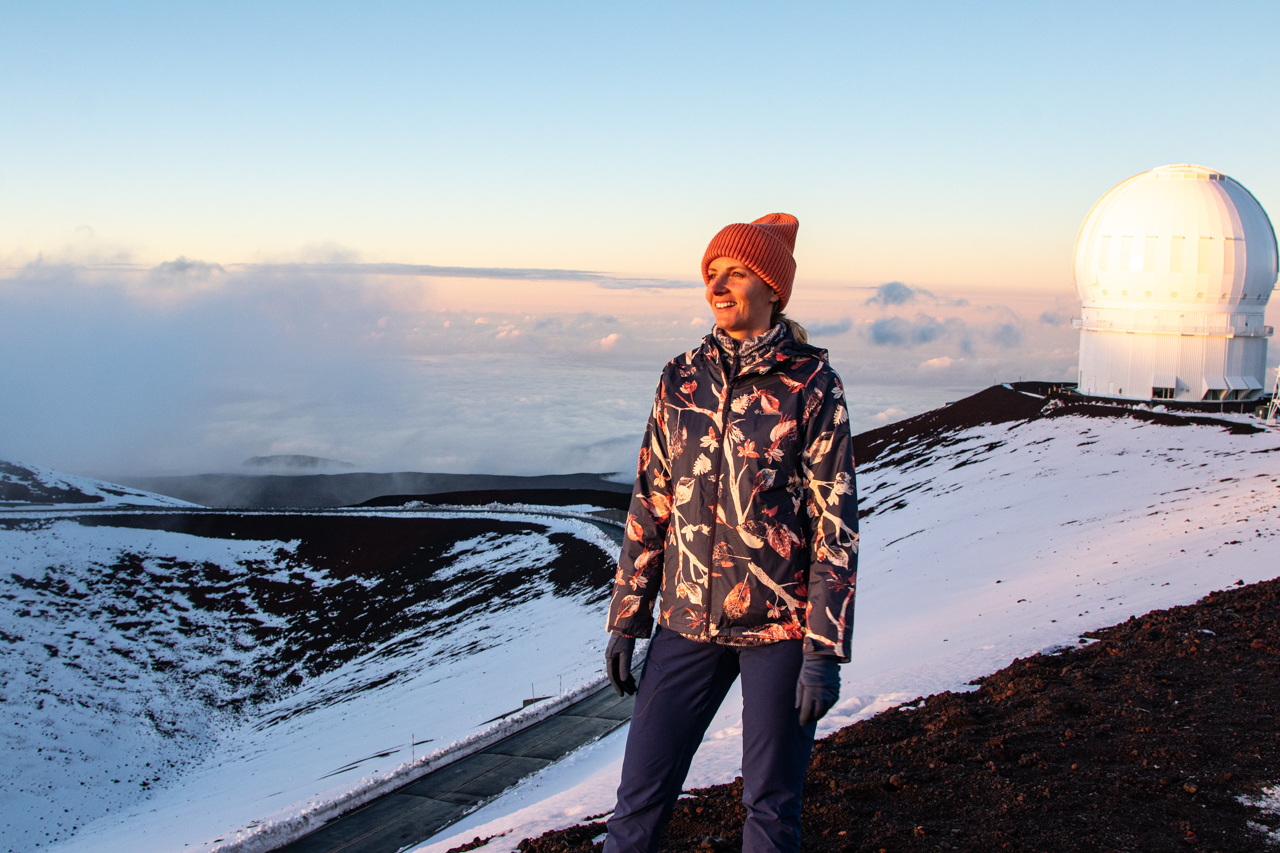
4. Beach Bum Paradise at Hapuna Beach
After my legs were toast from hiking and my brain overloaded from volcano-mind blowing, I desperately needed some beach therapy. Locals pointed me toward Hapuna Beach, and sweet baby turtles, what a BEACH!
This half-mile stretch along the northwestern coast has sand so white and fine it squeaks between your toes like fresh snow. The water was this impossible shade of clear turquoise that made me question whether I was hallucinating.
Lucked out with a random Tuesday visit when the beach was blissfully uncrowded. Some lifeguard dude with the most Hawaiian tan ever mentioned weekends get slammed with visitors, so I felt pretty smug about my accidental good timing.
Summer was perfect for swimming – gentle waves that were just playful enough without trying to murder me. Apparently winter brings giant swells that attract hardcore surfers, which is a whole different vibe.
I parked my butt there until sunset and watched mother nature put on her evening show, turning everything golden-hour gorgeous. Definitely one of those “am I living in a screensaver right now?” moments.
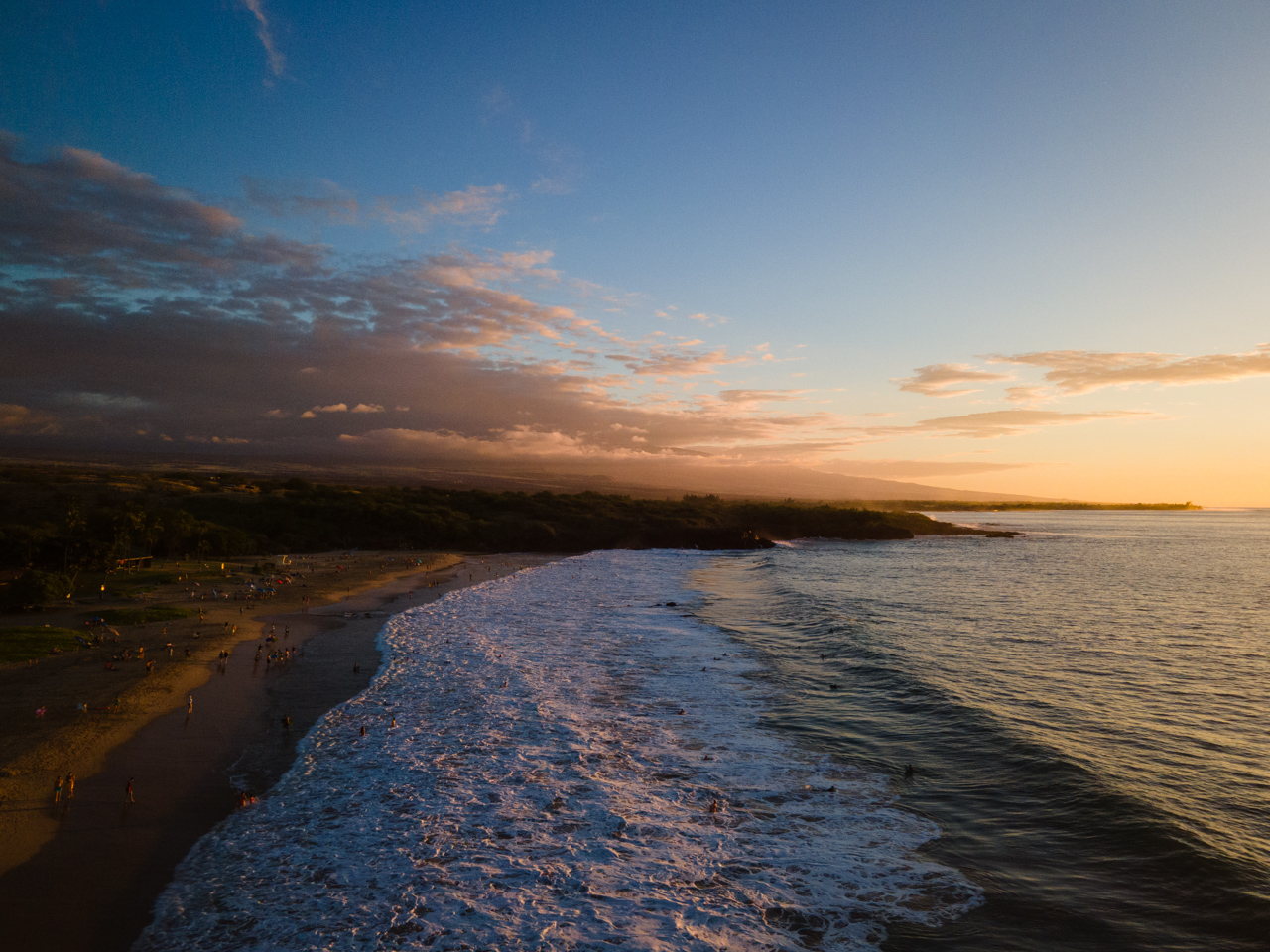
Pro Tip
- Forked over $5 to get in plus $10 for parking.
- Beach bums beware – they kick everyone out promptly at 7:30 PM, even if you’re having a spiritual moment with the sunset.
5. Get Lost in the Weird Wonderland of Puna
Puna region blindsided me completely. This less touristy zone on the southeastern coast has this slightly off-kilter, wild-child energy that felt like I’d stumbled into Hawaii’s eccentric artistic cousin.
Cruising down Highway 137 (Red Road) had me constantly swerving to avoid potholes while simultaneously trying not to drive off a cliff because I couldn’t stop gawking at the scenery.
Those tree tunnels created these natural archways that had me pulling over every five minutes like “ARE YOU KIDDING ME RIGHT NOW?!”
The mind-bender was Isaac Hale Beach, where the 2018 lava flow literally stopped juuuust short of obliterating everything.
Walking on fresh lava rock that wasn’t there a few years ago while looking at the beach that barely survived? Talk about an existential moment.
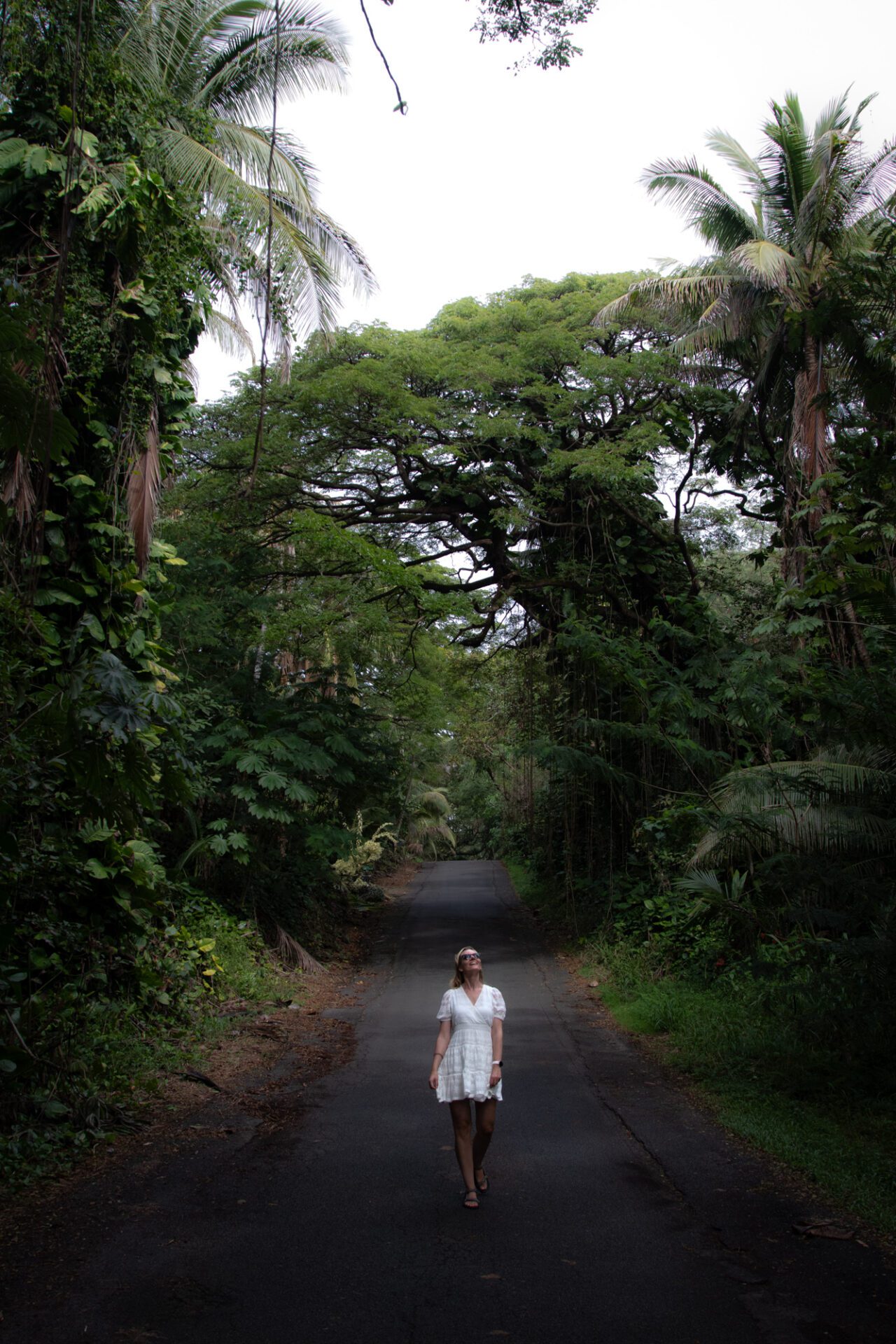
Following this slightly sketchy tip from a guy selling coconuts, I bushwhacked down a jungle trail to Pohoiki Warm Pool.
Soaking in that natural hot spring with steam rising all around me was pure bliss – until wild pigs crashed through the undergrowth and nearly gave me a heart attack!
Don’t skip Lava Tree State Park nearby – those hollow tree molds left when lava literally flowed AROUND living trees are straight-up haunting.
And the colorful Star of the Sea Church that narrowly escaped being toasted by lava in 2018 is this weird little miracle worth checking out.
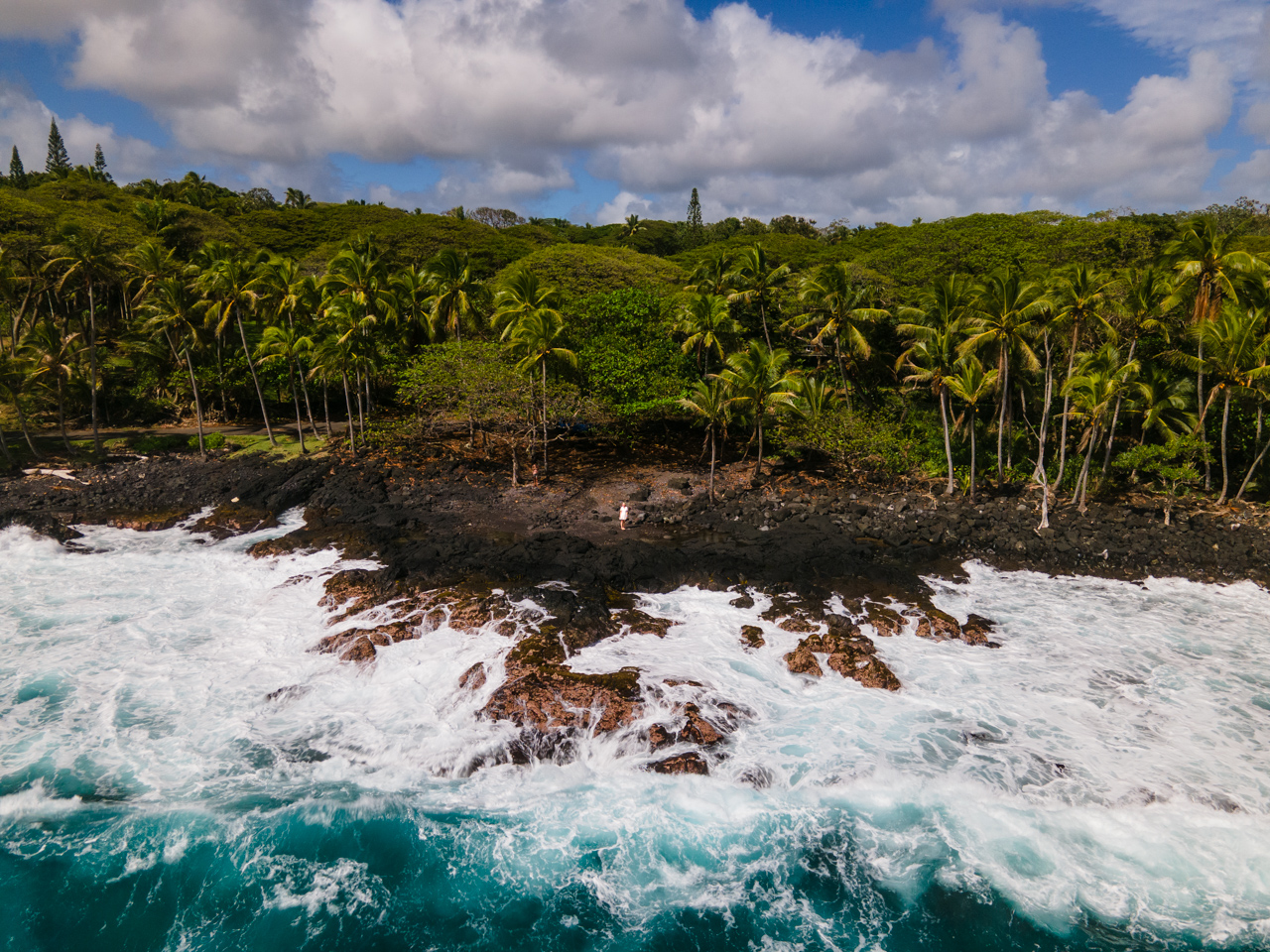
6. Beach-Therapy Sessions at Anaeho’omalu Bay (A-Bay)
A-Bay became my go-to happy place whenever life felt too chaotic. This beach in the Kohala area is basically the perfect combo of gorgeous views without too much effort to enjoy them.
The water here is so chill and calm – perfect for when I wanted to float around like a human lily pad without having waves constantly trying to drown me. The gentle slope into the bay made it ideal for my post-lunch lazy swims.
Those ancient Hawaiian fishponds surrounding the beach are seriously cool! I geeked out learning they were built for actual Hawaiian royalty back in the day. Made me feel like I was lounging in the backyard of a palace.
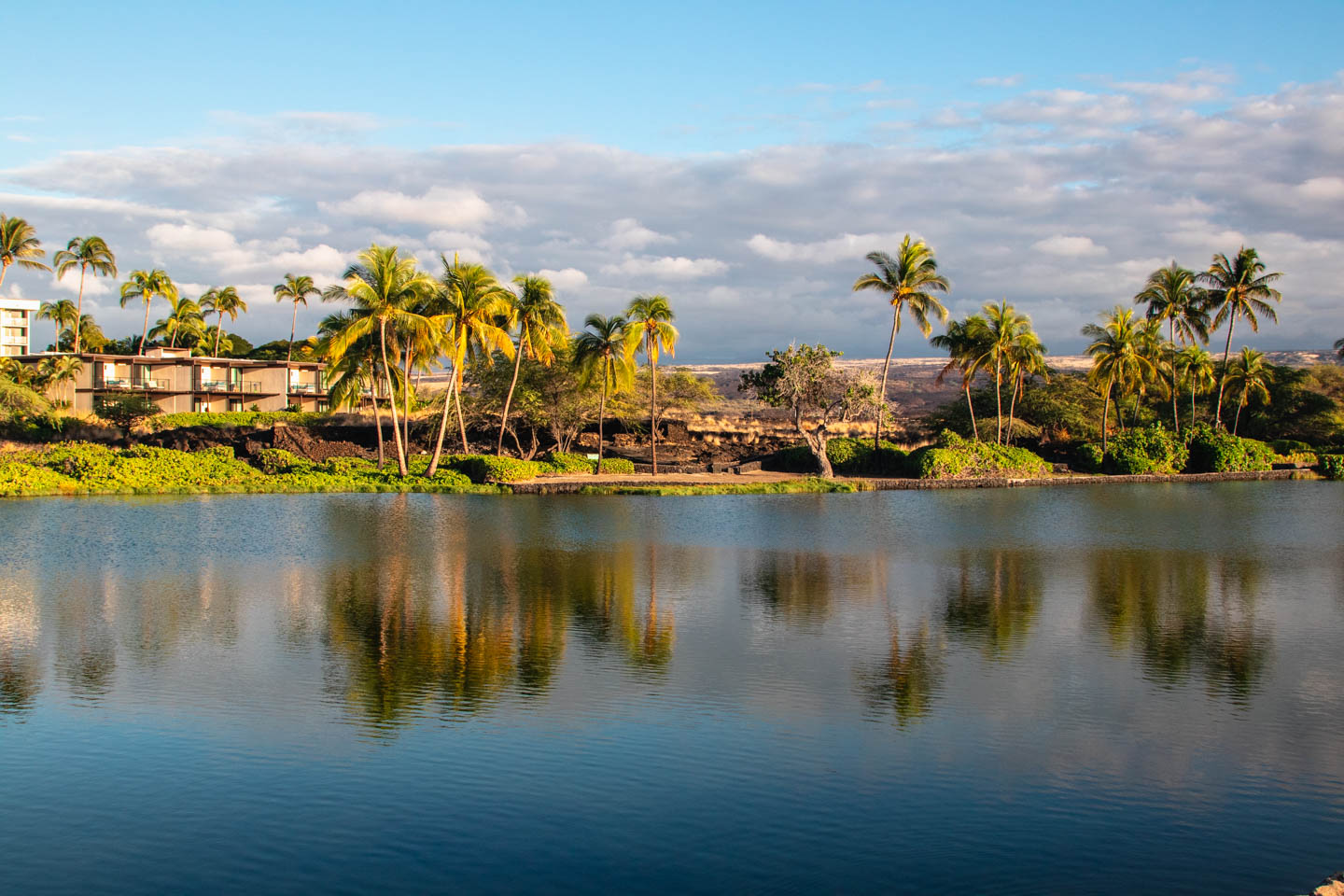
At sunset, when the palm trees reflect in those still ponds with the sky going all pink and orange? Pure magic that had me fumbling for my camera every single time.
I wandered up the coastal trail one afternoon and stumbled upon these hidden tide pools with tiny fish darting around my feet. Then nearly jumped out of my skin when I realized those “rocks” nearby were actually sea turtles taking a snooze!
Had a splurgy dinner one night at Lava Lava Beach Club right on the sand. Yeah, it was tourist-priced, but sipping that mai tai with my toes buried in sand while the sun disappeared into the ocean? Worth. Every. Penny.
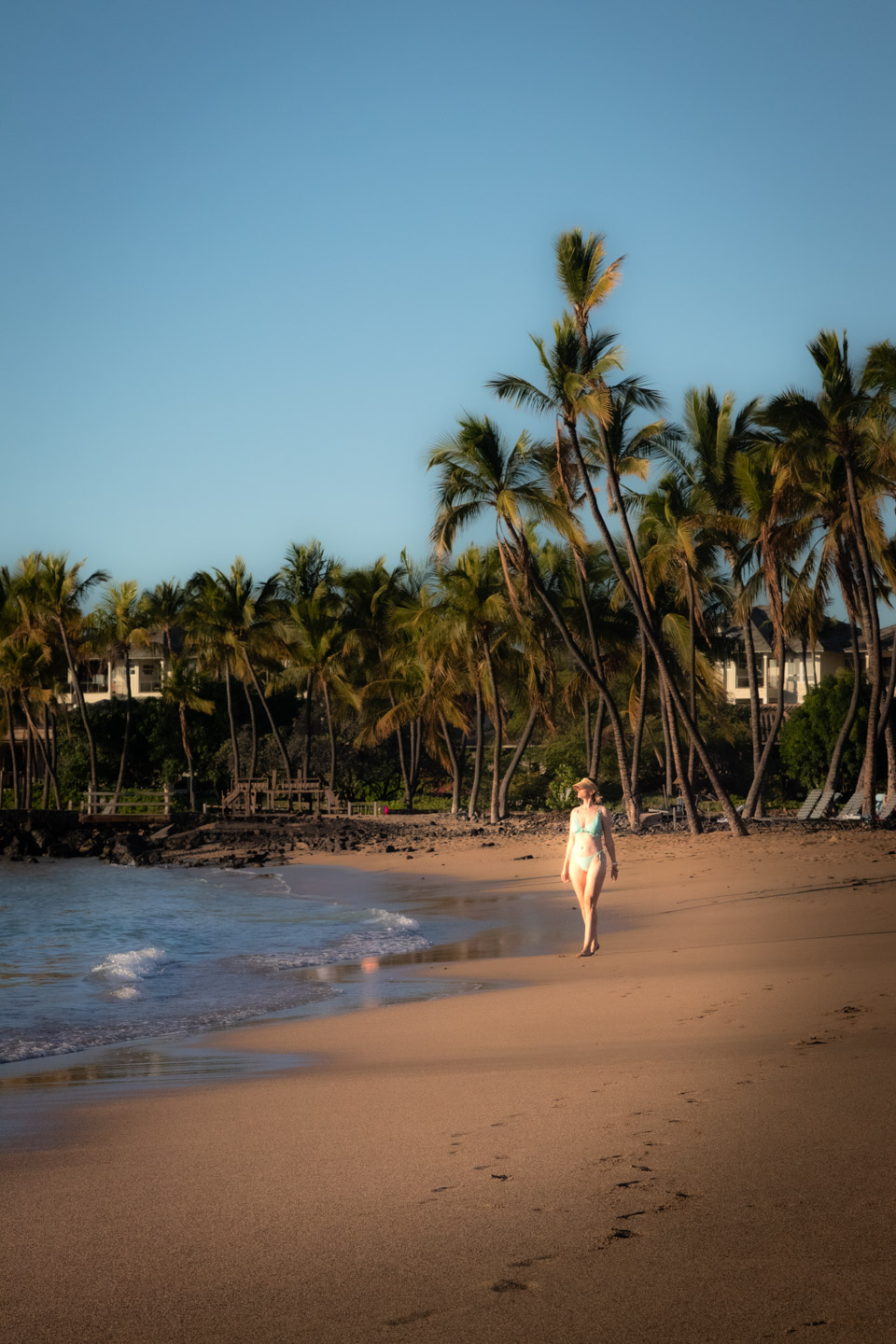
7. Plant Nerd Heaven at Hawaii Tropical Botanical Garden
Almost bailed on the Hawaii Tropical Botanical Garden because, hello, expensive plants? But it turned out to be the surprise hit of my trip! This hidden paradise near Onomea Bay is basically Mother Nature showing off.
The second I walked in, I felt like I’d stumbled through a portal to some fantasy jungle realm. The pathways snake through plants with colors so vivid they look fake, with flowers bigger than my head and leaves the size of car doors.
The air was thick with this intoxicating cocktail of floral scents that had me breathing so deeply I got lightheaded.

Found out the garden was created by this couple, the Lutkenhouses, who spent years hacking through an overgrown jungle to create this masterpiece.
The land used to be an old fishing village where locals grew food – I swear you can still catch whiffs of mango in certain corners!
The showstopper was stumbling upon Onomea Falls cascading through the garden when I turned a corner. That moment of “wait, there’s a WATERFALL in here too?!” was peak vacation joy.
I blew through nearly two hours here but could’ve easily spent all day.
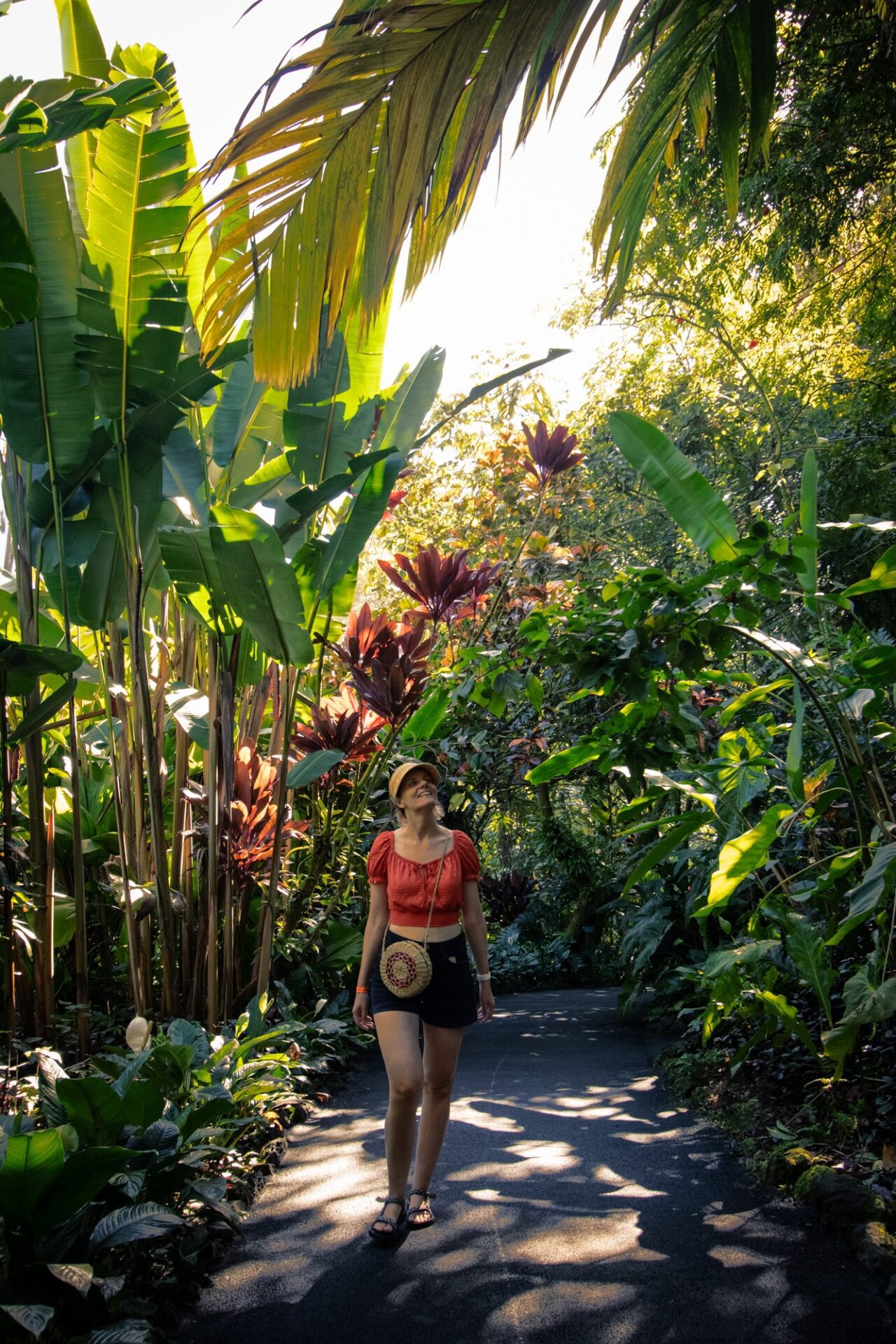
Reality Check
- $32 admission felt steep until I actually saw the place.
- Garden’s open 9 AM to 5 PM daily, but they boot you out if you arrive after 4 PM.
8. Turtle-Time at Punalu’u Black Sand Beach
Punalu’u Beach literally stopped me in my tracks. That jet-black sand against turquoise water and swaying palms looks like someone cranked the contrast settings on reality.
Located on the southern coast, it’s the kind of place that makes even terrible photographers look like pros.
Learning how the beach formed was wild – hot lava hitting cold ocean, shattering into these tiny obsidian fragments. Unlike other Hawaiian islands where black sand beaches have washed away over time, this one’s still intact and mesmerizing.
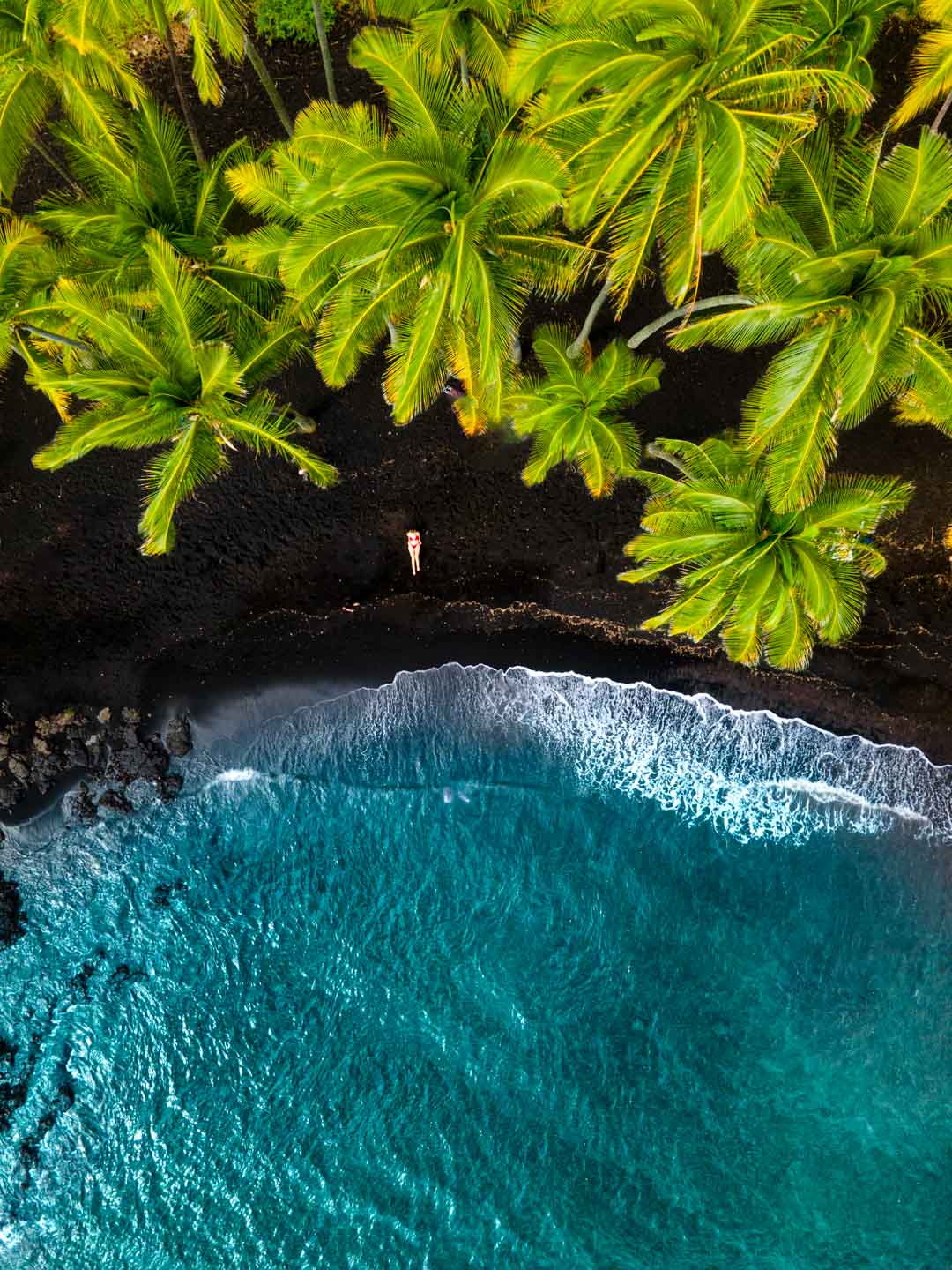
But let’s talk turtles! Several huge sea turtles were munching seaweed near the shore, and a couple were literally sunbathing right on the black sand!
I kept the recommended distance (10+ feet) while internally FREAKING OUT because…wild sea turtles just chilling like it’s nothing?! Scored some killer photos that made my Instagram followers think I’m way more talented than I actually am.
The sand feels nothing like regular beach sand – it’s coarser and heats up like crazy in the sun. Learned that lesson the hard way with a little “hot sand dance” that entertained some nearby families.
Beach has picnic tables and a snack shack, which meant I could hang out for hours watching those majestic turtles without getting hangry.
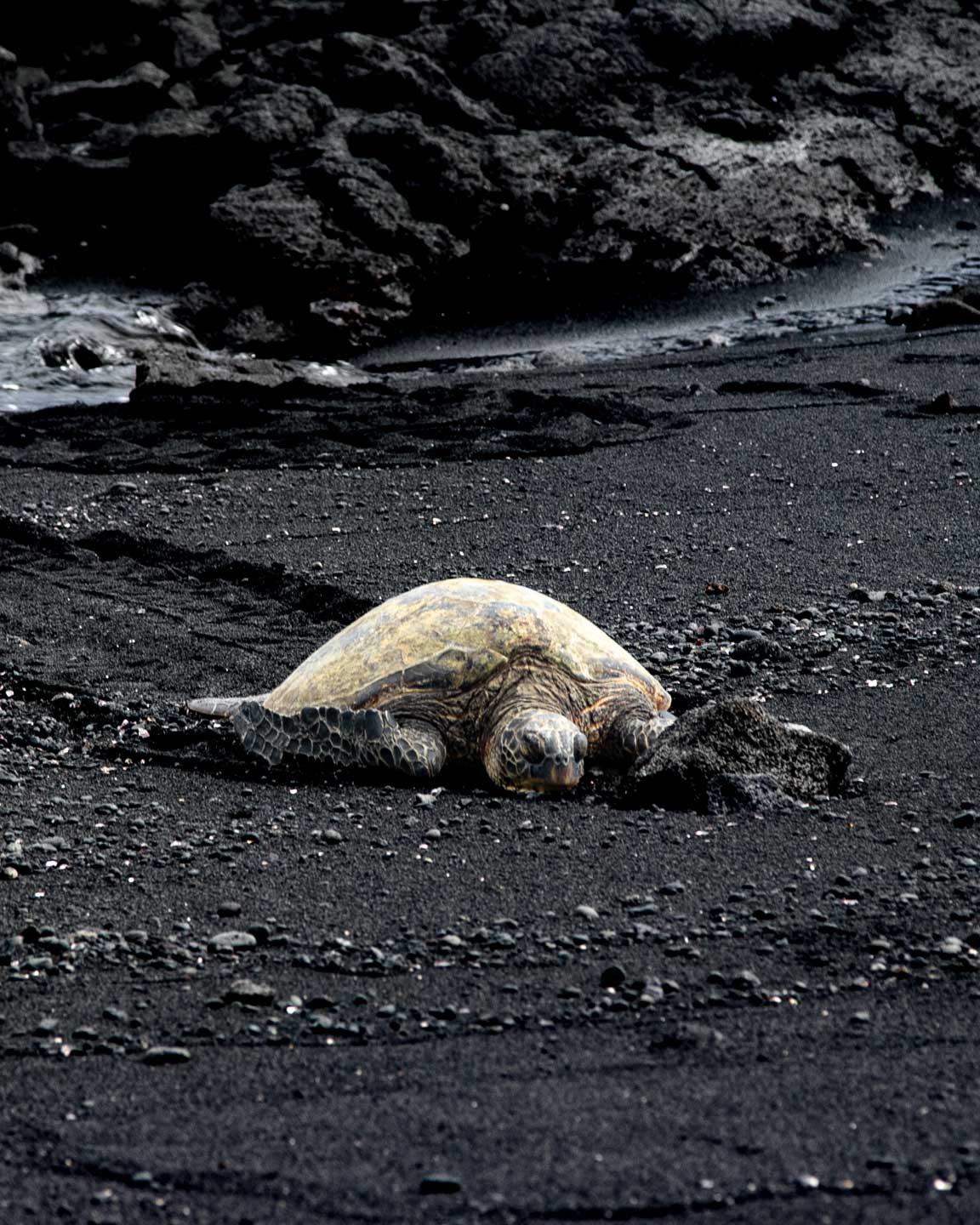
9. Accidentally Find Heaven at Manini’owali Beach (Kua Bay)
Manini’owali Beach (locals just call it Kua Bay) might just be the closest thing to postcard perfection I’ve ever seen with my own eyeballs.
North of Kailua-Kona, this hidden spot requires a bit of rock scrambling to reach, which thankfully keeps the hordes at bay.
The sand here is so blindingly white it’s like someone ground up pearls. The water is this impossible shade of turquoise that legit looks Photoshopped.
First time I saw it, I actually said “no way!” out loud, startling some nearby sunbathers.
The beach has these two perfect coves, and I bounced between swimming and sunbathing until I was half-human, half-prune.
Got there early-ish (8:30ish) and scored a decent spot, though by lunchtime it was getting pretty packed with in-the-know visitors.
Word to the wise: This beach has approximately zero amenities, so pack like you’re planning a day in the desert – water, snacks, sunscreen, the works.
And maybe hit a weekday or crack-of-dawn visit unless you enjoy parking hunger games and towel-to-towel beach conditions!
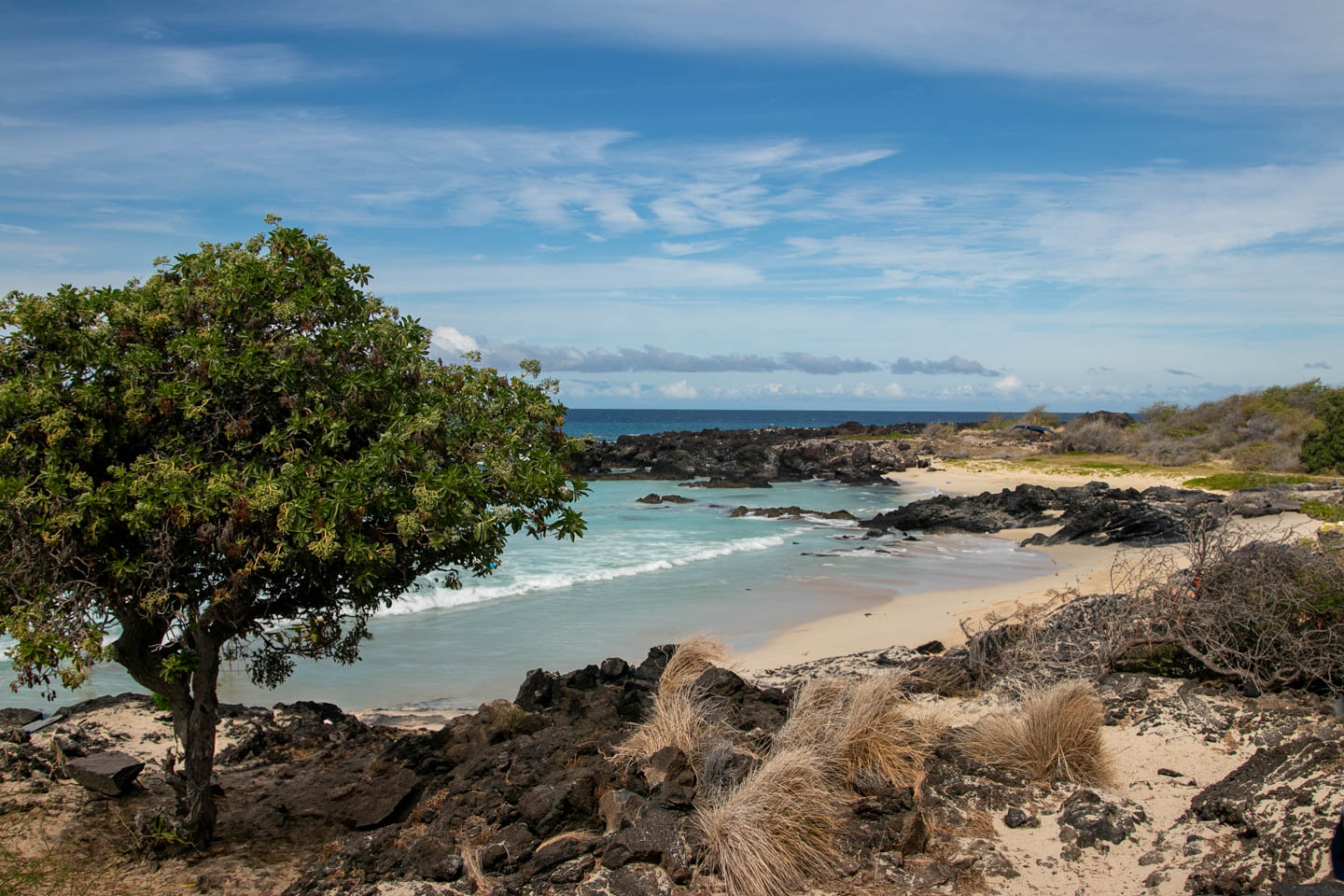
10. Time-Travel at Puʻuhonua o Hōnaunau
History nerd alert! Puʻuhonua o Hōnaunau National Historical Park (aka Place of Refuge) sent me spinning back in time. Just south of Kailua-Kona, this sacred site gave me serious chicken skin (that’s “goosebumps” in local speak).
Learning about how this sanctuary once saved people who broke kapu (sacred laws) blew my mind. Imagine sprinting for your life, knowing if you reach this place you’re safe, but if you’re caught before… yikes.
Defeated warriors also found shelter here, which added this whole dramatic layer to my visit.
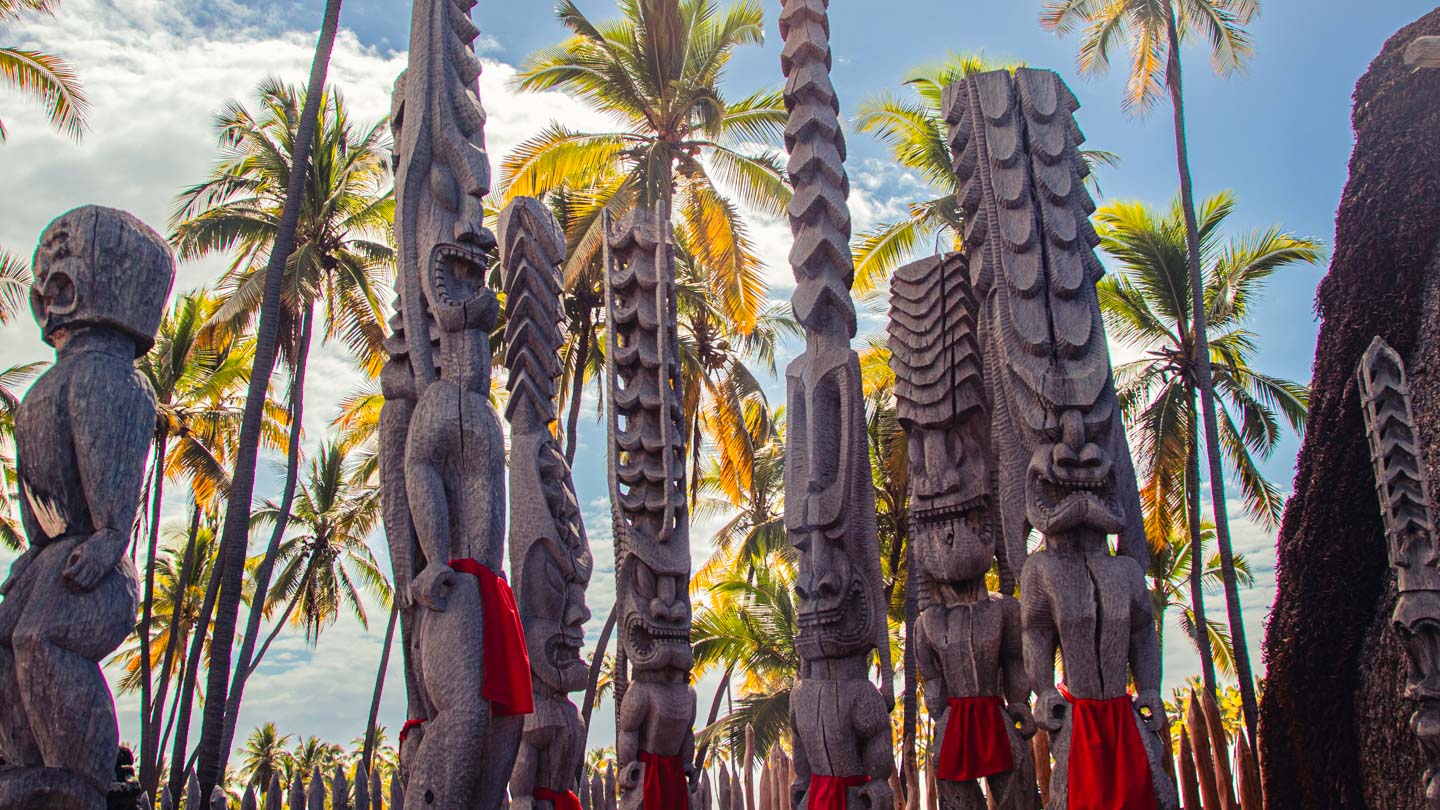
The 16th-century Great Wall standing over 10 feet tall had me scratching my head – how the heck did they build this without modern tools?!
Spent ages exploring the temple platforms, traditional thatched houses, and those intense wooden Ki’i (carved god images) that seem to follow you with their eyes.
The setting itself is drop-dead gorgeous – towering palms, royal fishponds reflecting the sky, and this protected cove where I spotted sea turtles gliding through crystal water.
Hit it in late afternoon when the golden light made everything look like it was dipped in honey.
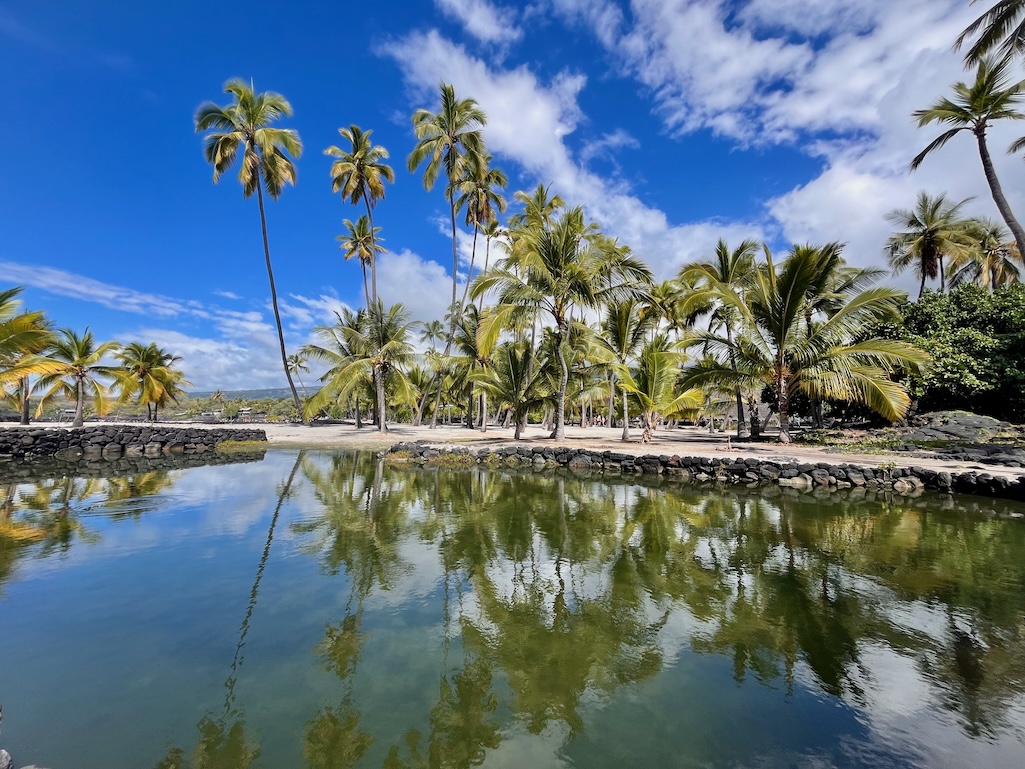
Damage Report
- Dropped $20 for vehicle entry.
- Park’s open from 8:15 AM until sunset, and you need maybe an hour to take it all in.
11. Get Soaked at Akaka Falls
After baking on the Kona side for days, the lush jungle surrounding Akaka Falls was like stepping into a completely different world.
Near Hilo on the wetter eastern side, this 442-foot waterfall plunges dramatically into a green gorge that looks straight out of Jurassic Park.
Found out “Akaka” comes from a Hawaiian chief known for being a total badass, and the word means “roaring” – spot-on for the thunderous sound of water free-falling from a height taller than some skyscrapers!

The paved loop trail (about 0.45 miles) was a breeze compared to my other hikes, taking maybe 20 minutes tops.
En route, I caught glimpses of Kahūnā Falls through breaks in the foliage – another massive cascade that would be the star attraction anywhere else.
Hit this spot after a morning sprinkle, which cranked the waterfall volume to 11. The mist kicked up rainbows that appeared and disappeared like magic as the sun played peek-a-boo through the clouds.
Found myself just standing there, hypnotized by the endless water cycle and getting progressively more drenched from the spray – totally worth it.

Quick Facts
- Paid $5 per person plus $10 for parking.
- Park’s open 8:30 AM to 5:00 PM daily.
12. Play Castaway at Mahai’ula Beach
The journey to Mahai’ula Beach was an adventure that had me questioning my life choices!
That unpaved road through hardened lava fields had my rental Jeep bouncing so hard I was checking for lost fillings. But oh man, was it worth the bruised tailbone!
After parking, I followed this faint path through what felt like walking on the moon – black lava rock stretching in all directions.
Then suddenly, like a mirage, this perfect crescent of white sand appeared, backed by a line of tall palms swaying in the breeze. Total Robinson Crusoe vibes!
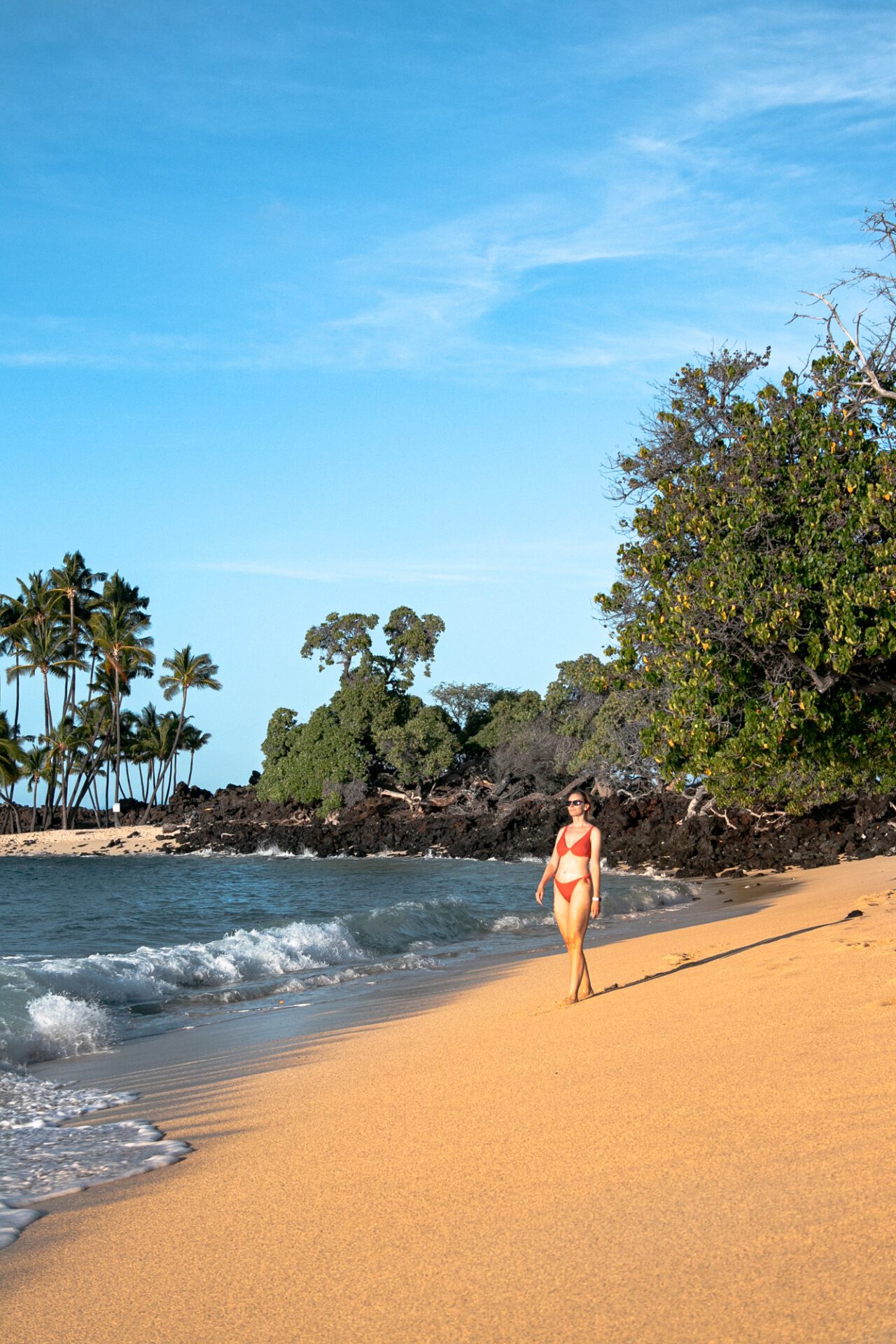
Had this surreal moment of having the beach almost to myself, sharing it only with a small gang of wild goats that seemed thoroughly unimpressed by my presence.
Those goats owned the place and knew it, casually strolling past like “yeah human, we SEE you.”
The trees along the shoreline created these perfect natural shade spots for when the Hawaiian sun threatened to turn me into human jerky.
I stretched out with my book, occasionally looking up to make sure I wasn’t hallucinating the ridiculous beauty surrounding me.
Stayed until sunset, watching the golden hour transform everything into this otherworldly dreamscape. With hardly anyone else around, it felt like having my own private slice of paradise – definitely worth the bumpy ride and dusty hike!
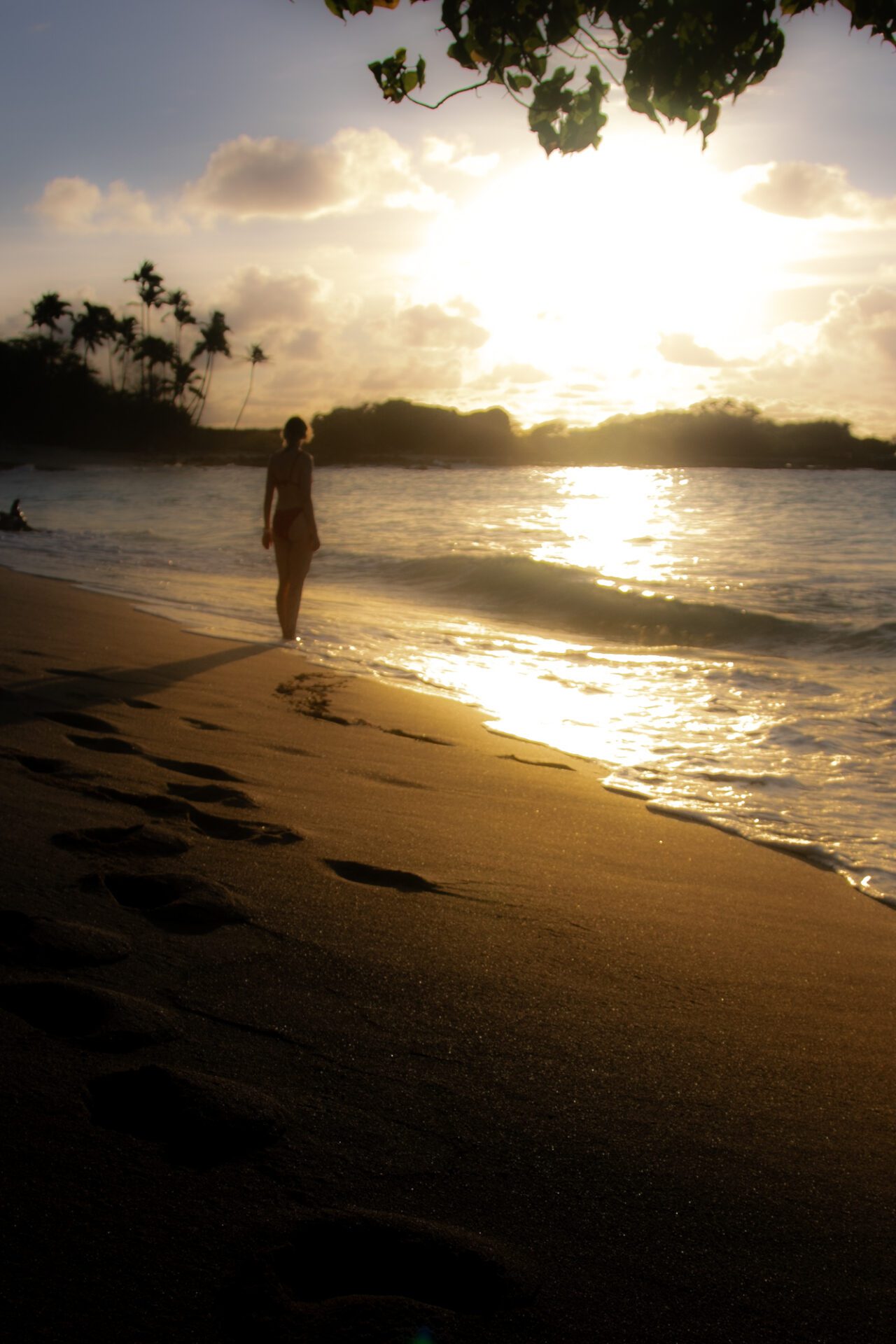
Pro Tip
- Absolutely zero facilities here – no bathrooms, no water, no snack bar. Pack like you’re going off-grid for the day!
How do you want to continue your Hawaiian adventure?
🌋 Volcano Exploration → 10 Things to Do in Hawai’i Volcanoes NP – Detailed guide to all trails and attractions
🍴 Culinary Discoveries → Best Places to Eat on the Big Island – My personally tested top spots
🏝️ Trip Planning → Hawaii Travel Guide – Everything you need to know before you go
🗺️ More USA Adventures → 10-Day PNW Itinerary – Explore more of America
What interests you most?
13. Embrace the Rain in Quirky Hilo
After sweating it out on the perpetually sunny Kona coast, Hilo’s occasional rain showers felt surprisingly refreshing!
This funky little city on the eastern side has this wonderfully authentic, slightly worn-around-the-edges charm that I fell for immediately.
Made beelining to the farmers market my morning ritual – sampling fruits with names I couldn’t pronounce and flavors I’d never experienced before. The apple bananas and lilikoi (passion fruit) ruined me for mainland fruit forever!
Chatted with this older vendor who kept slipping me extra samples with a wink while telling stories about growing up on the island.
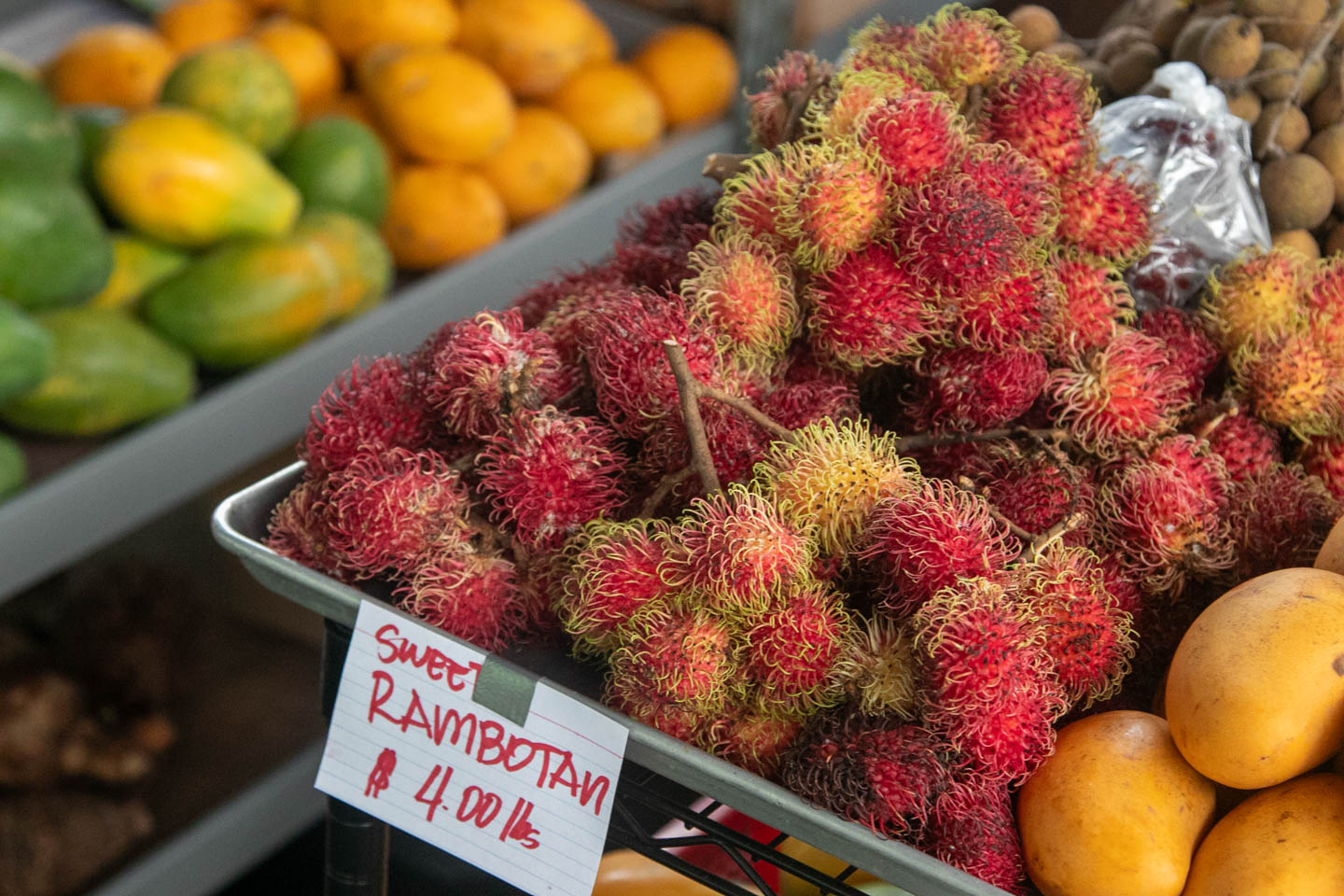
Banyan Drive became my go-to stroll, with those massive trees dropping aerial roots that create this sci-fi forest feel.
Found out many were planted by celebrities from decades past – walked past trees planted by Amelia Earhart and Babe Ruth, which gave me this weird time-travel connection to people long gone.
The Pacific Tsunami Museum hit me harder than expected. Learning about the massive waves that repeatedly hammered this resilient town left me with a knot in my stomach.
Walking around downtown afterward and seeing the high-water marks still visible on buildings decades later was sobering.
Lili’uokalani Gardens saved my sanity during one particularly heavy downpour – ducking under the Japanese pagoda while watching the rain create ripples across the koi ponds was weirdly meditative.
When the clouds finally broke, the rainbow that formed over Hilo Bay was so vivid it looked fake – like someone had cranked the saturation to maximum.
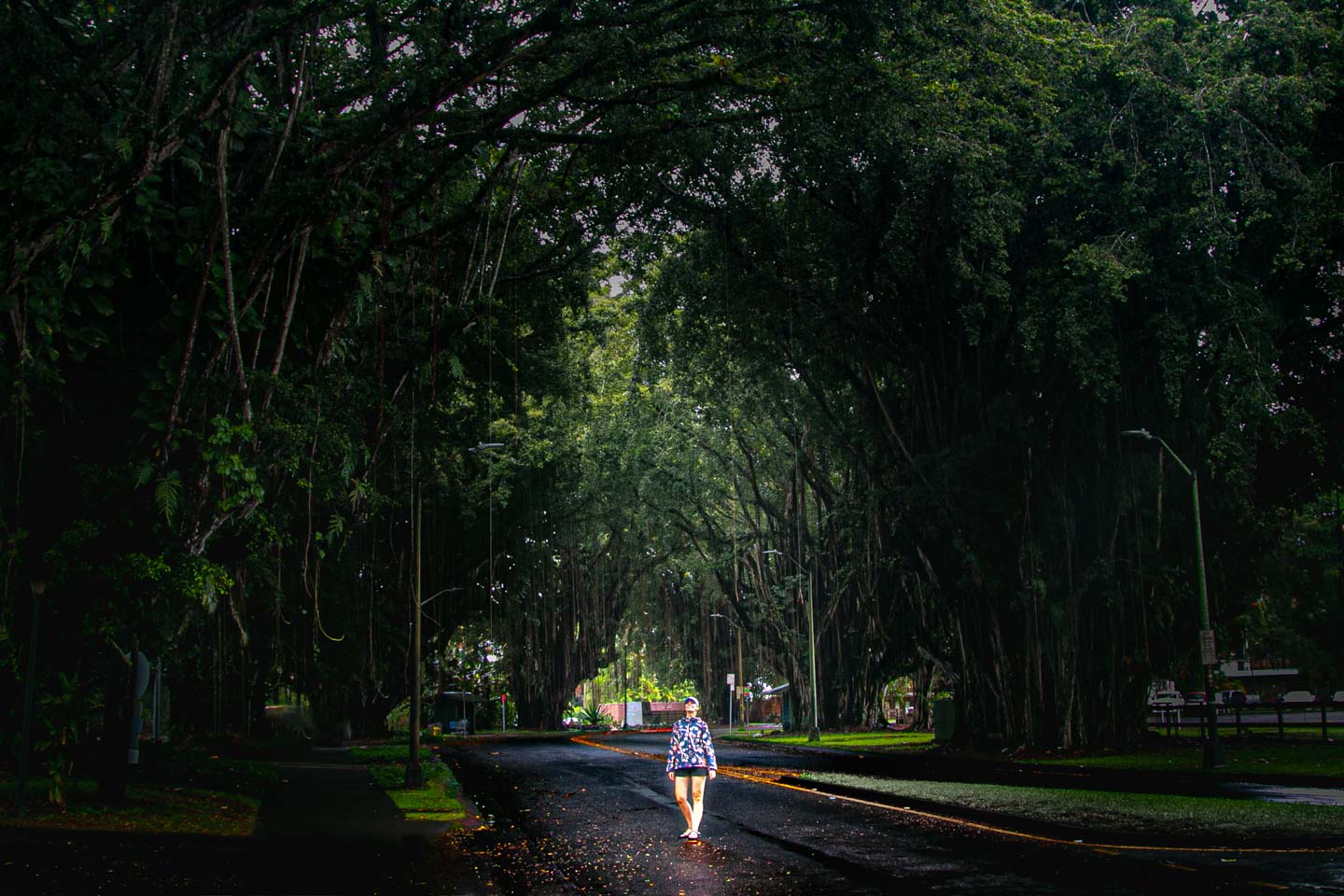
Local Intel
- Tsunami Museum runs $5-15 and is open 10 AM-4 PM.
- Lyman Museum (worth stopping in to geek out on Hawaiian history) costs $2-7 and is open weekdays 10 AM-4:30 PM.
- Meanwhile, the Hilo Farmers Market takes place daily 7 AM–3 PM.
14. Rainbow Hunt at Rainbow Falls
Just a stone’s throw from downtown Hilo, Rainbow Falls delivered exactly what its name promises – with a side of Hawaiian mythology that made it extra special.
This 80-foot waterfall earned its name honestly – visit on a sunny morning and you’re practically guaranteed to see rainbows dancing in the mist.
Timed my visit around 10 AM after a local tipped me off about optimal rainbow conditions, and hit the jackpot! The falls thunder over a natural lava cave that, according to Hawaiian legends, was home to Hina, mother of the demigod Maui.
Standing there with the mist cooling my face and rainbows appearing and disappearing with each shift of the sun, I could totally buy that a goddess might choose this spot as her home.
After gawking from the main viewing platform, I discovered stairs to the left that lead to the top of the falls. Climbing up revealed a completely different experience – peering down from above as the river suddenly launches itself into space.
The entire visit took maybe 30 minutes, but the memories will stick with me forever.
Best budget–friendly stop on the island – completely free and absolutely gorgeous!
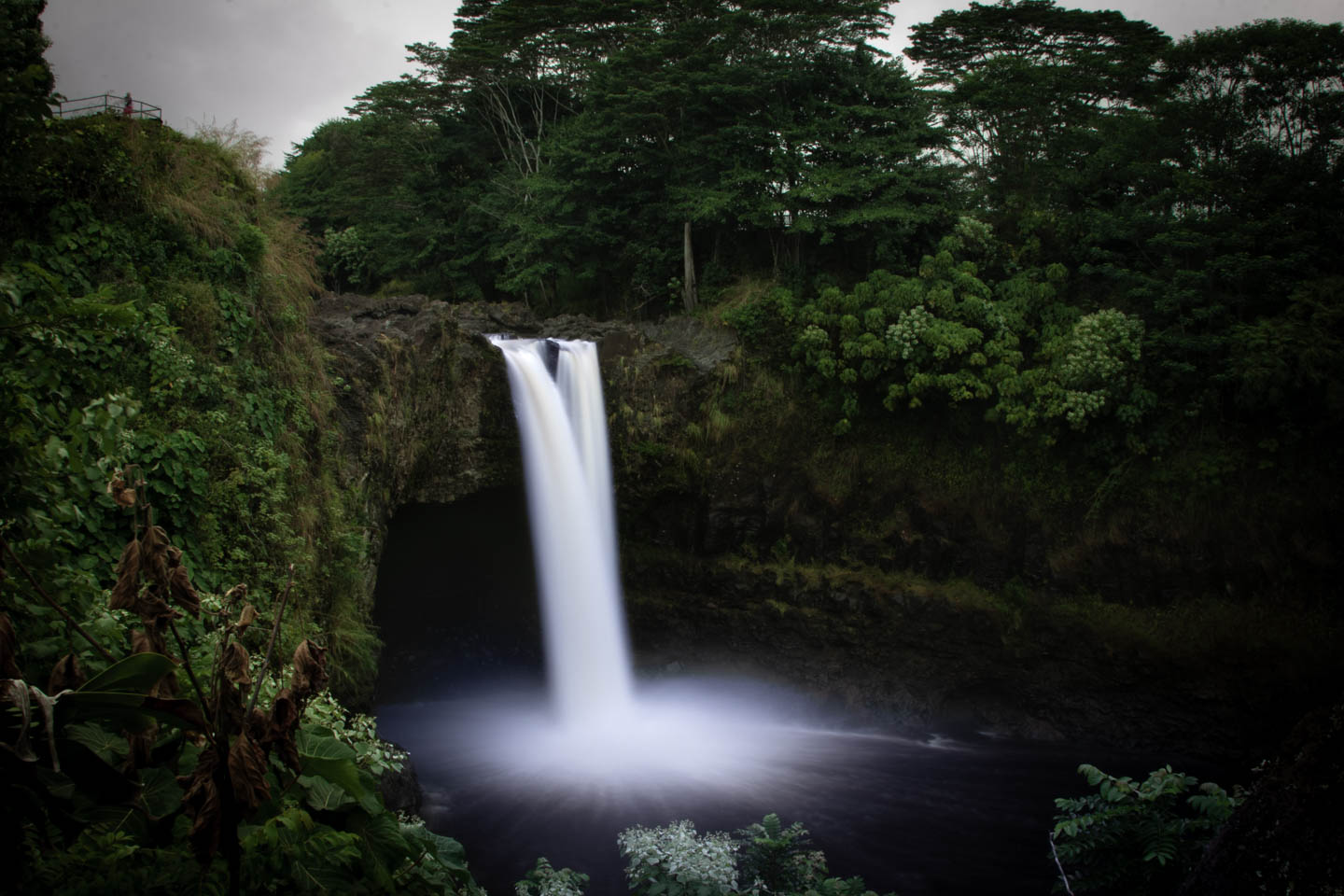
15. Contemplate Life at Laupahoehoe Point
My final Hawaii Island discovery combined jaw–dropping natural beauty with a heavy dose of historical perspective.
Laupahoehoe Point on the northeastern coast showcases nature’s dual personality – stunningly beautiful yet potentially destructive.
The waves here crash against the jagged lava shoreline with a fury that’s mesmerizing to watch but also slightly terrifying.
I found myself a comfy rock and just zoned out watching this endless battle between land and sea, feeling tiny in the grand scheme of things.
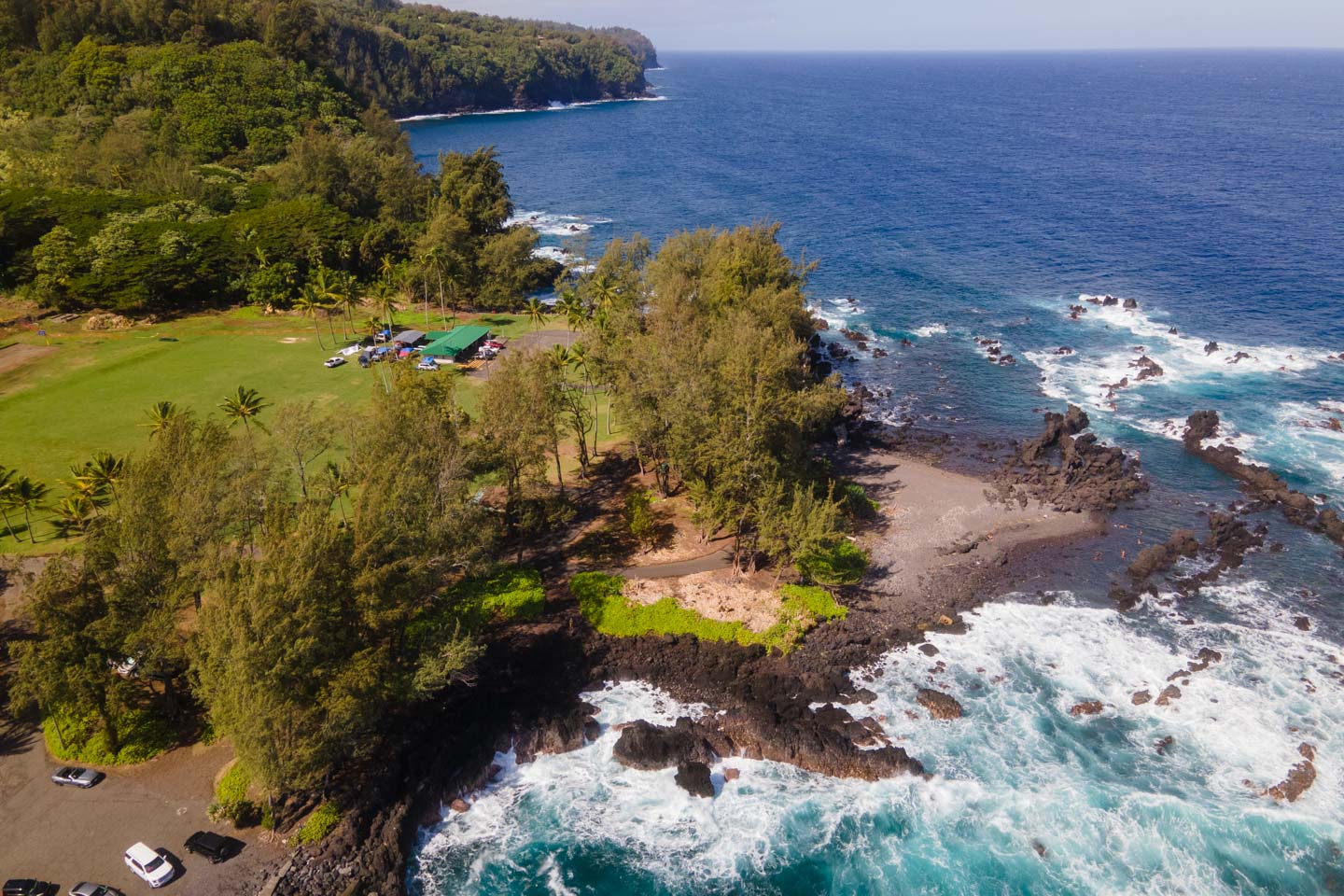
The peaceful park area with its rolling green grass seems at odds with the violent shoreline, but the memorial plaques scattered throughout tell the true story.
In 1946, a tsunami claimed 24 lives here – mostly schoolchildren and their teachers. Reading their names and ages hit me in the gut, especially while standing in a spot that looks so paradisiacal on a calm day.
Spent about an hour here in quiet contemplation, watching powerful waves and thinking about both the creative and destructive forces that shaped this remarkable island.
Seemed fitting to end my Big Island journey with this reminder of nature’s incredible power.
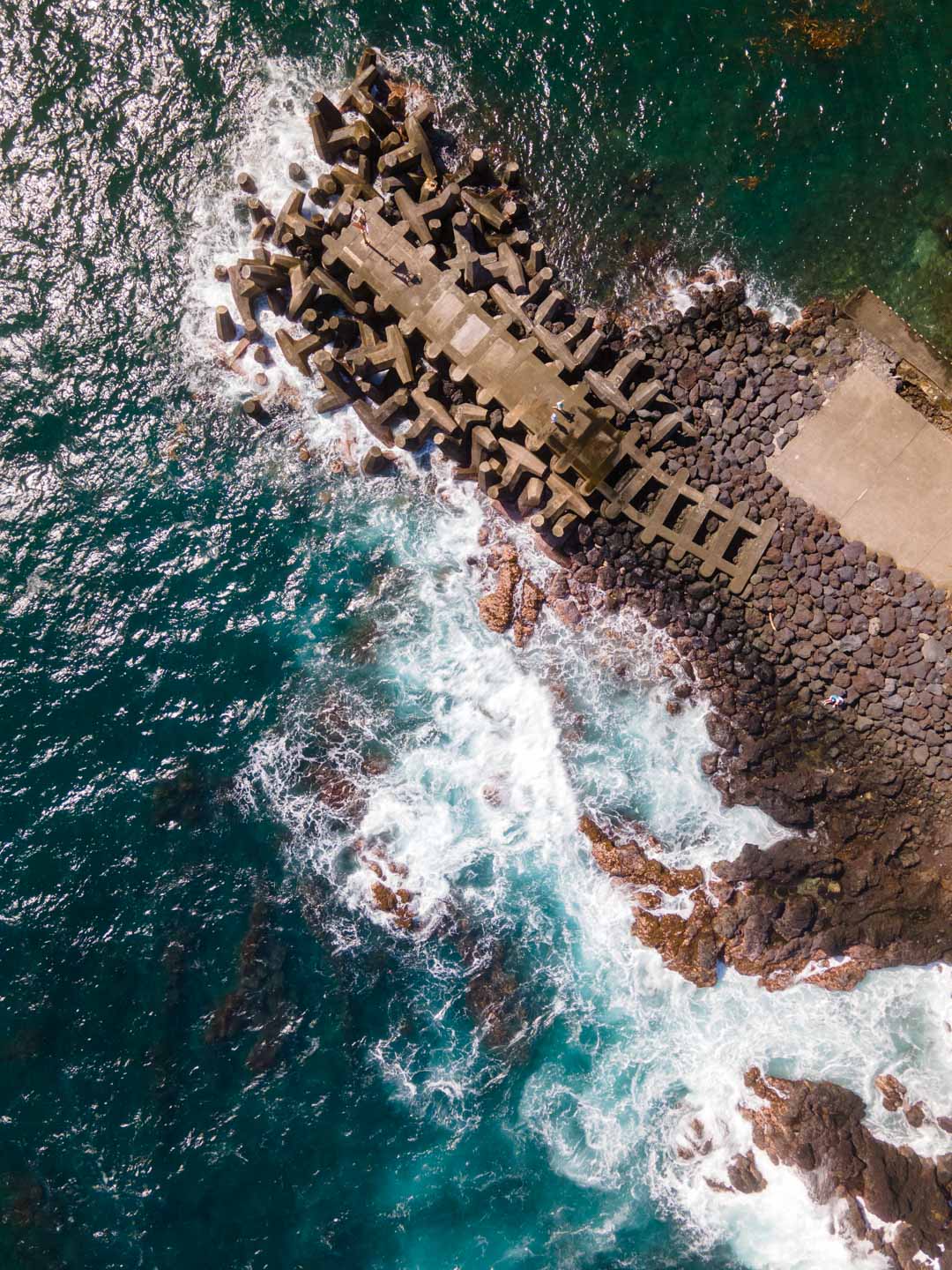
Your Big Island Adventure Starts Here
Big Island changed how I think about travel completely.
Where else can you stand on an active volcano one day, swim with sea turtles on a black sand beach the next, and watch the clearest starry sky you’ve ever seen that same evening?
This island has something magical – this raw, untamed energy that reminds you just how powerful nature really is.
But at the same time, it offers those quiet, blissful moments: sunsets over bays, the scent of plumeria on warm breezes, the sound of waves swaying palm trees.
During these ten weeks, I learned that the best trips are the ones that change us. And Big Island definitely did that for me.
I hope this guide helps you discover your own magical moments on the island – the ones that take your breath away, the ones that make you laugh until you cry, and those quiet moments when you just stand there feeling grateful to be exactly where you are, right now.
Ready for your Hawaiian adventure?
- 2025 Hawaii Travel Guide – Practical info about planning your trip
- 10 Things to Do in Hawai’i Volcanoes NP – Detailed park guide
- Best Places to Eat on the Big Island – My best culinary discoveries
- 10-Day Pacific Northwest Itinerary – Explore more of the United States
Which Big Island spot intrigued you the most? Drop a comment – I love reading about your travel plans!
Save this pin for later and share this article with friends dreaming of Hawaii!
